1 of 496
Download to read offline

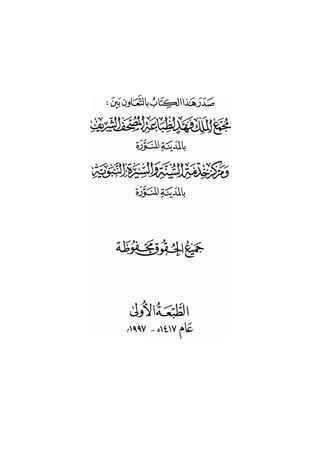
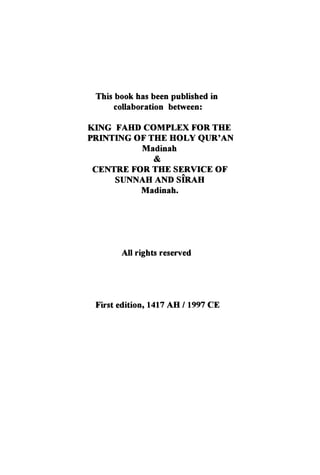
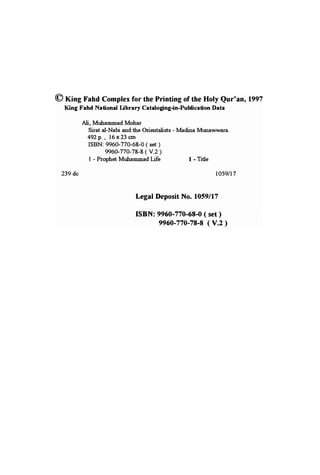
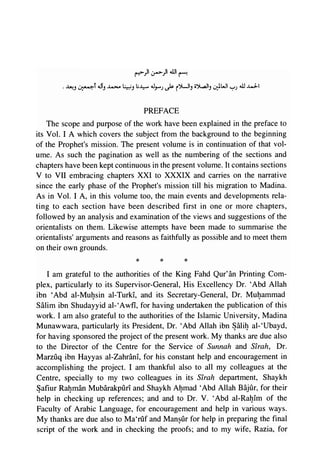
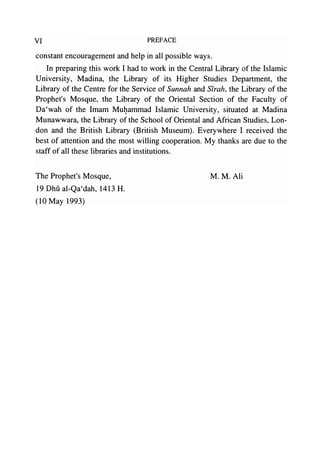
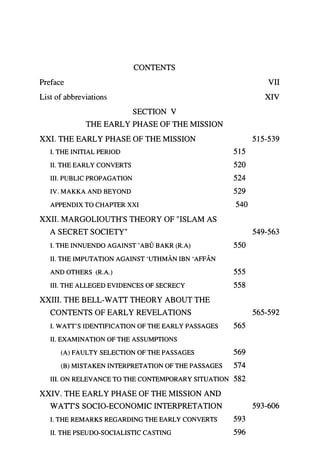
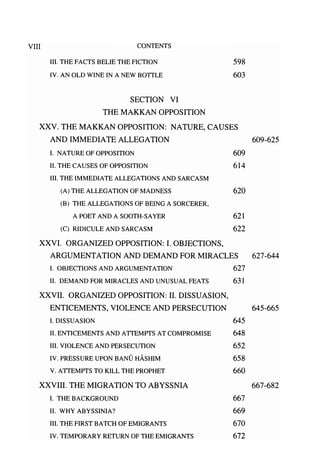

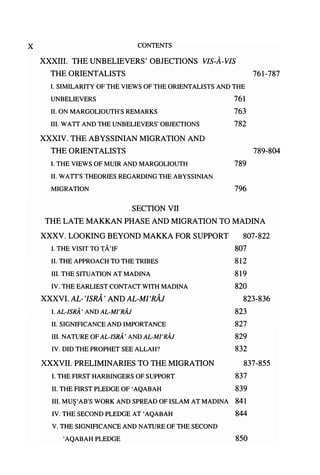
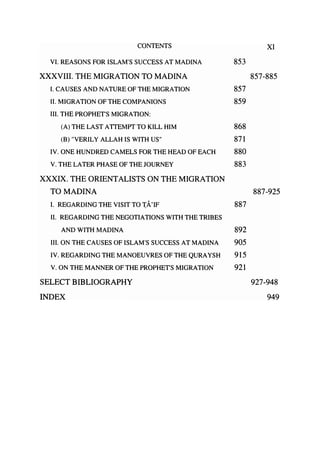





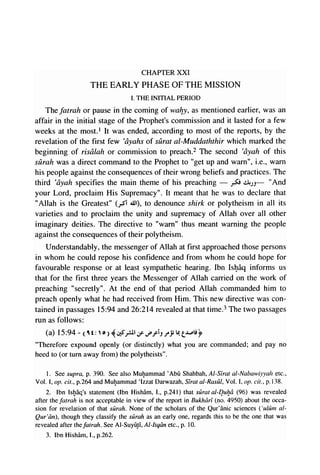
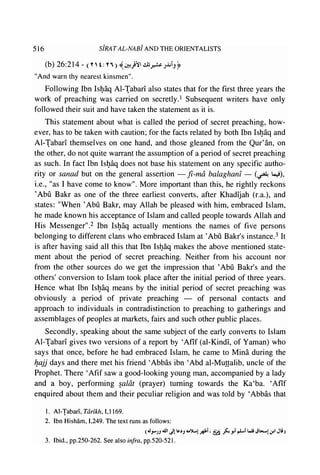
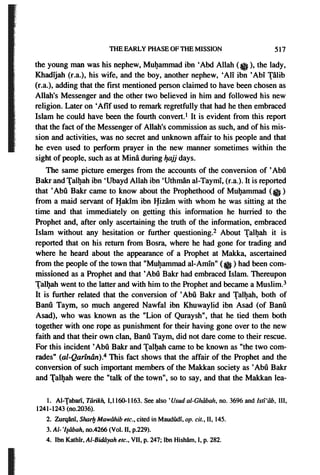
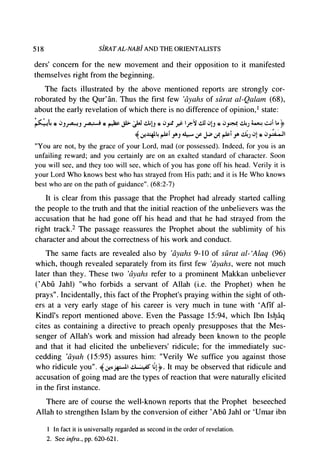

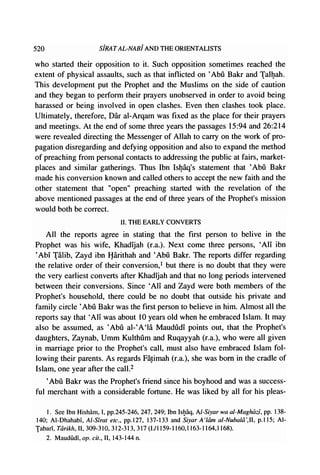
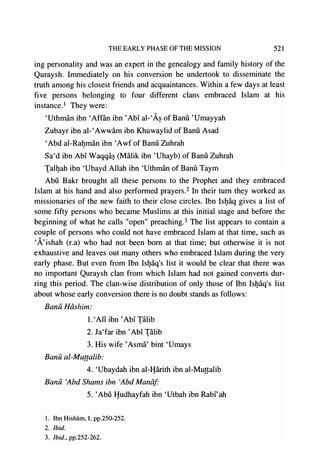

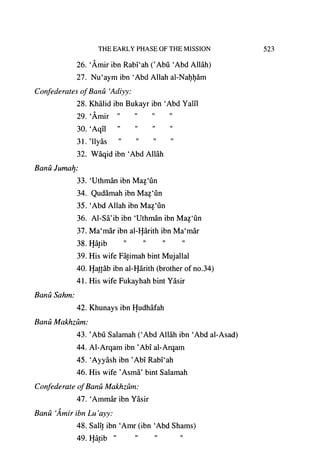
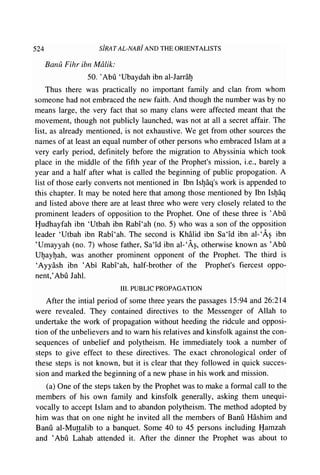
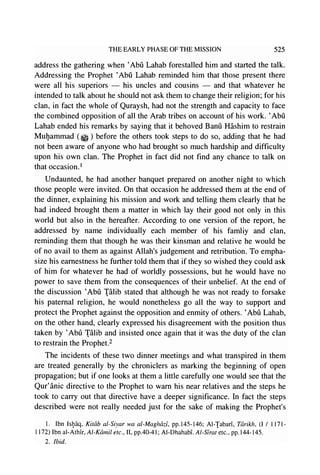

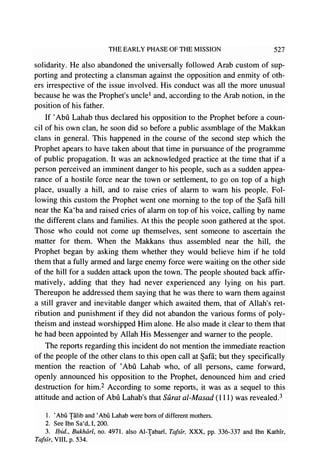
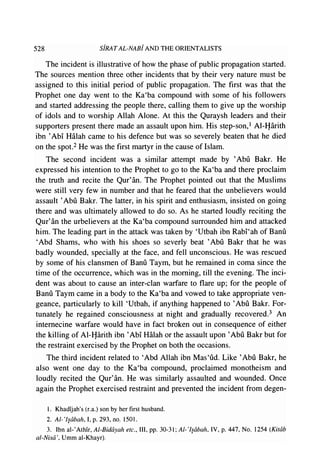

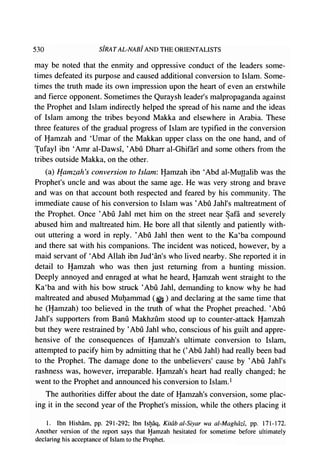
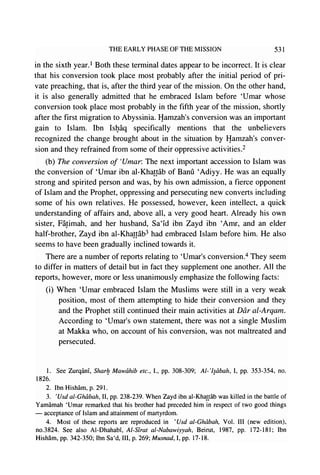
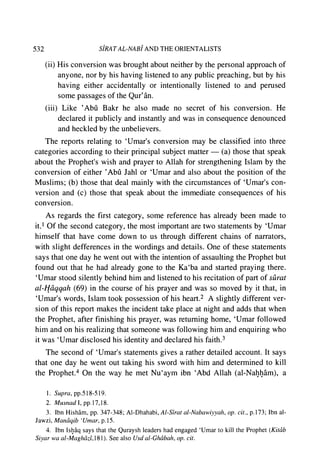
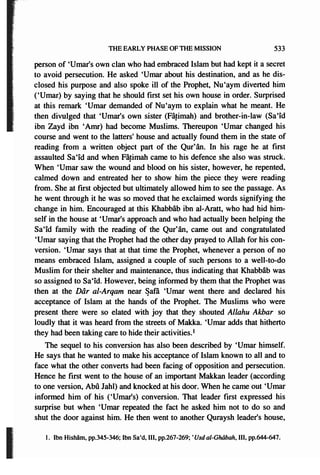
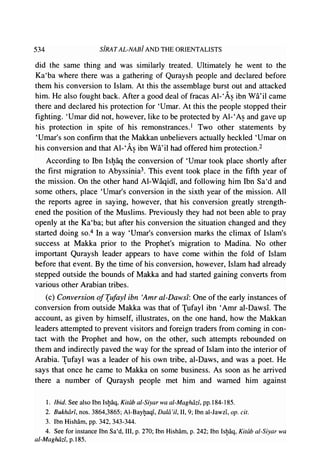
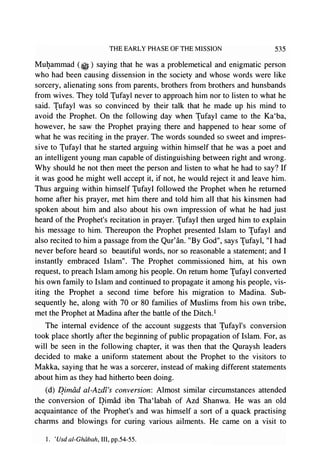



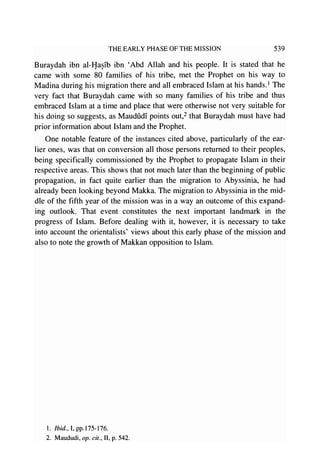
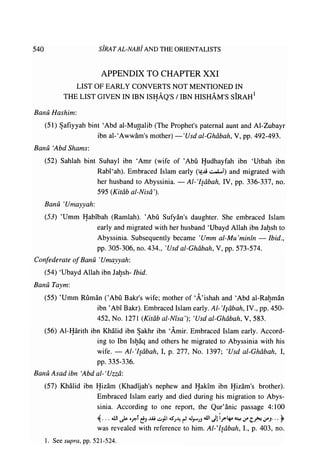
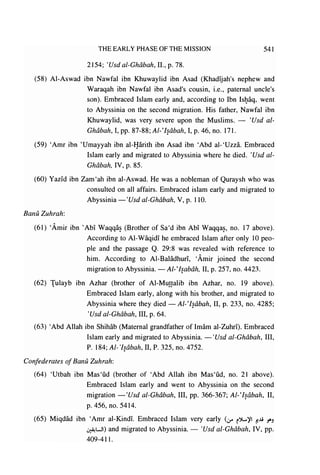


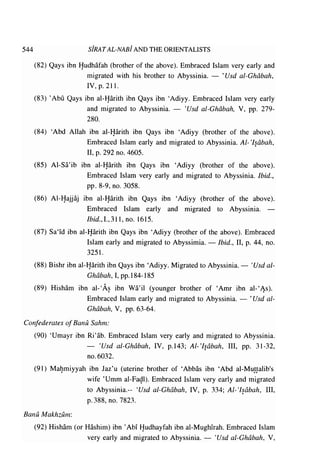


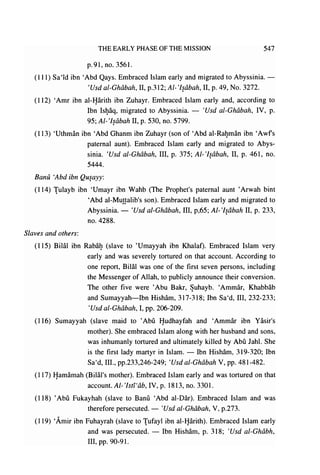
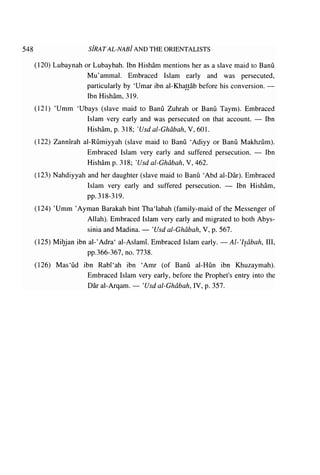

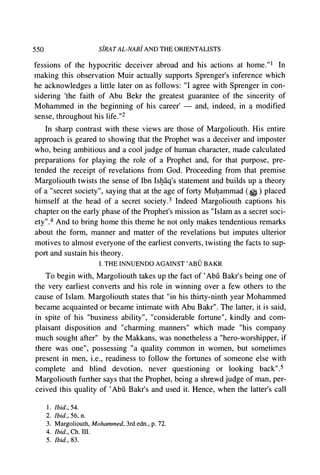

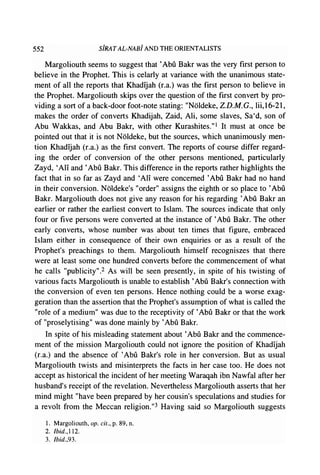
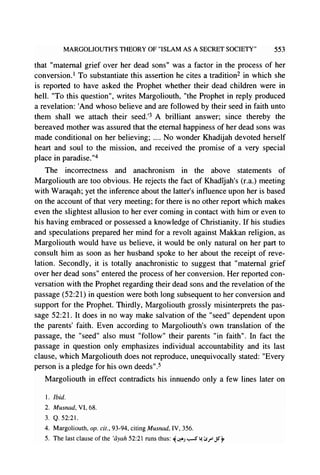
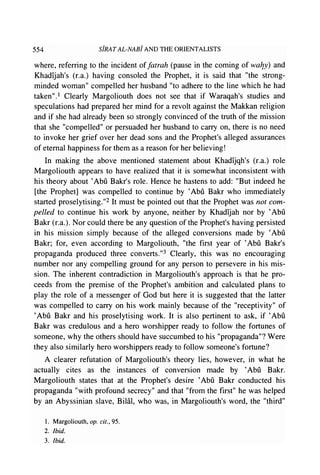
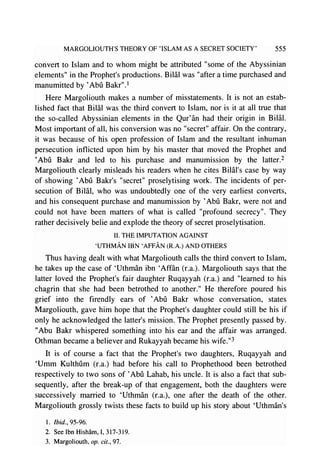


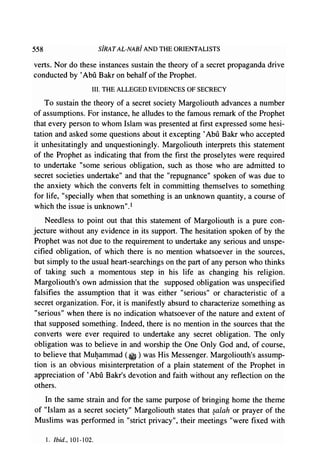
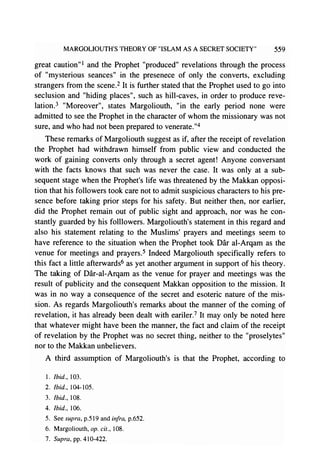
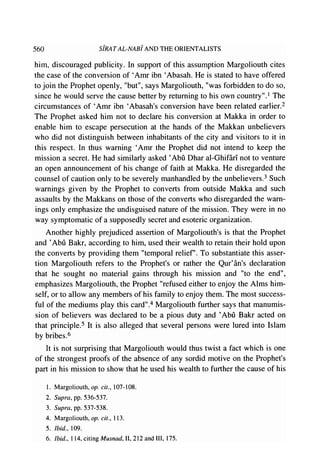
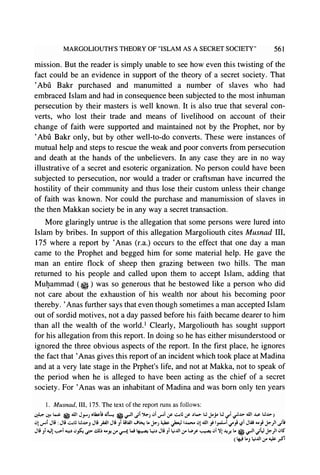

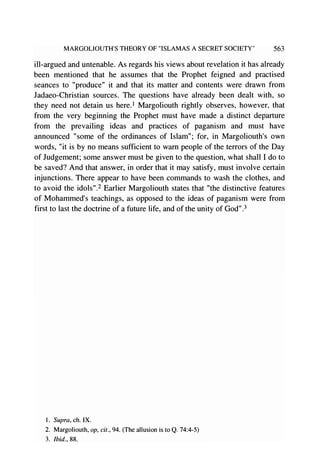

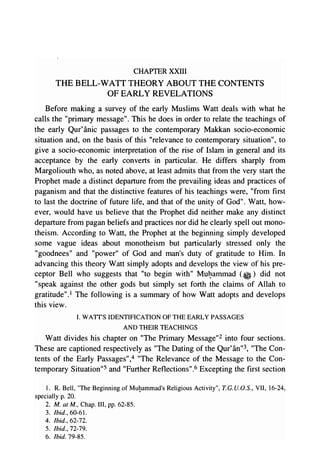
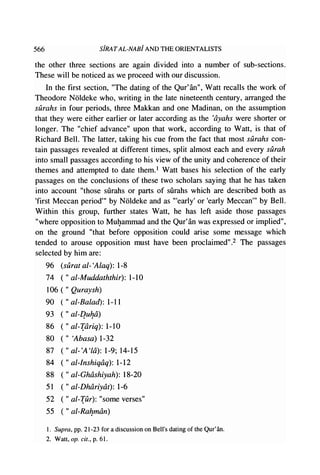

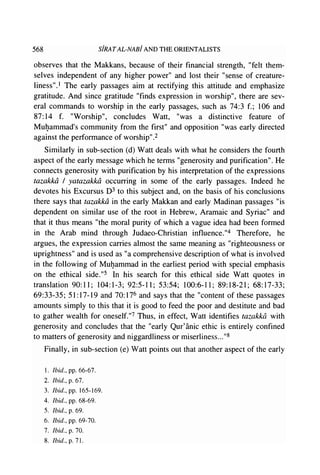
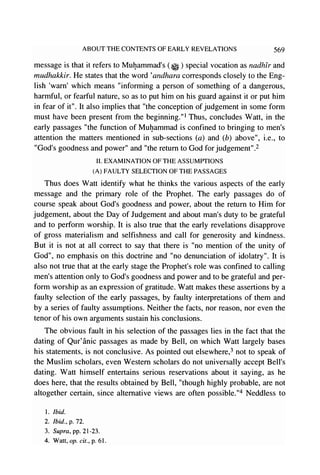
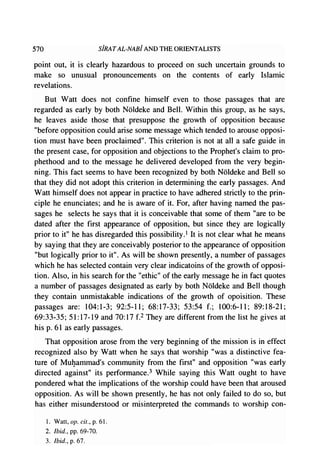
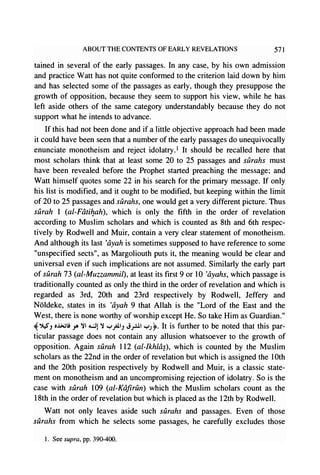
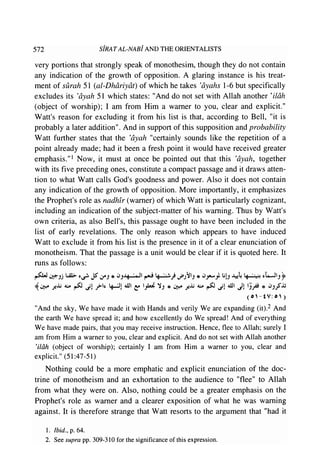
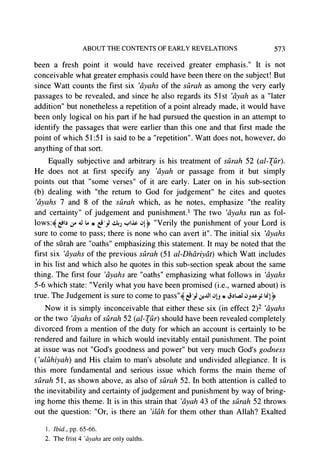

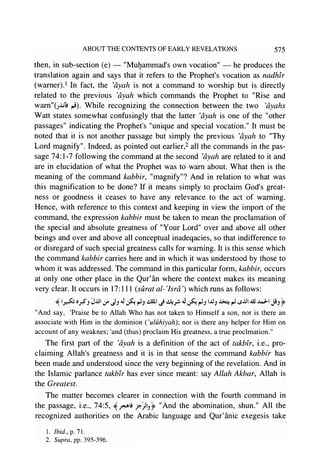
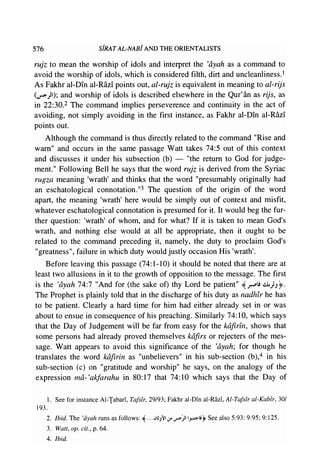
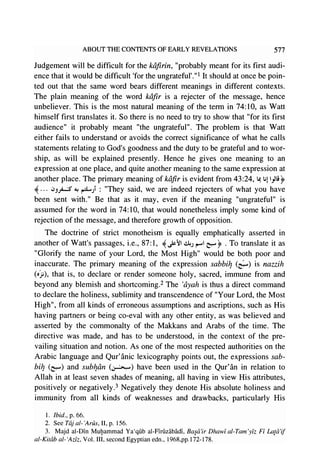
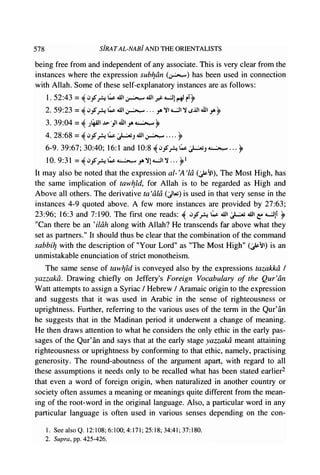


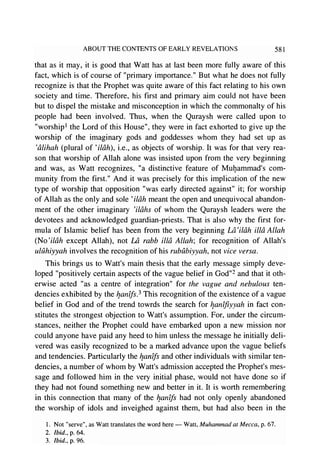

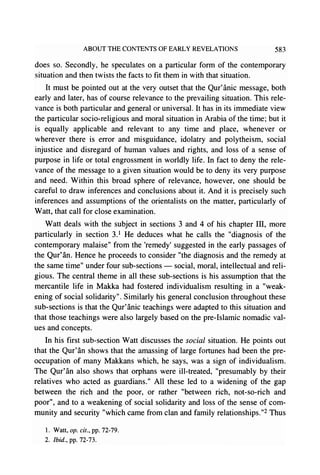
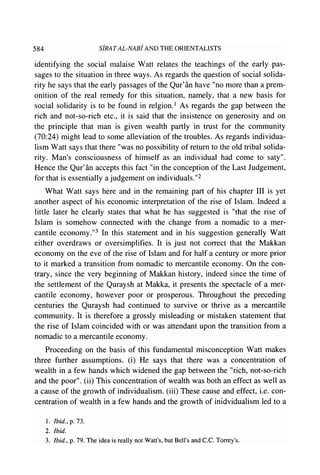
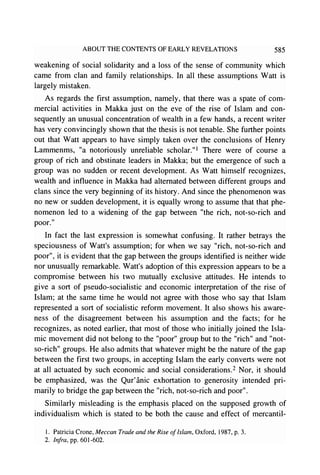

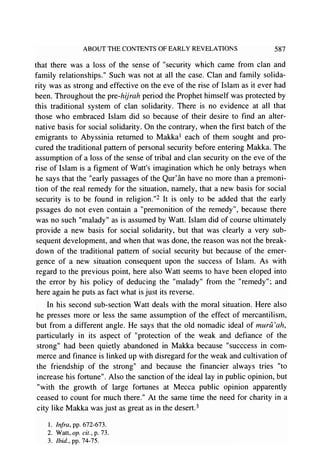
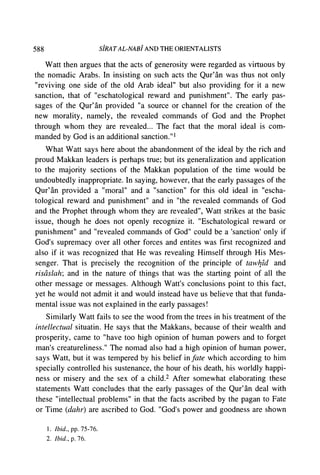

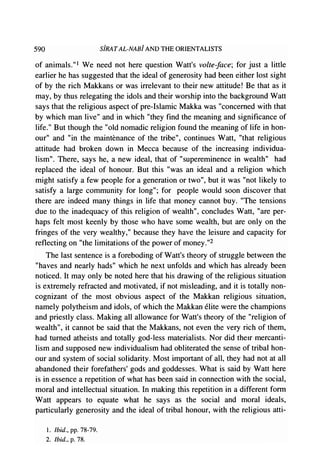



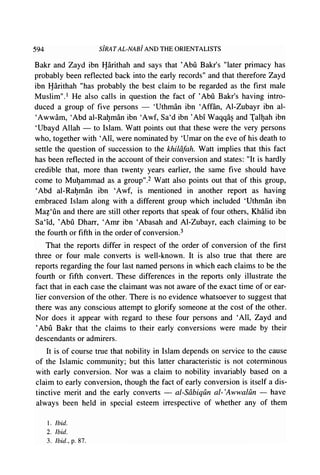

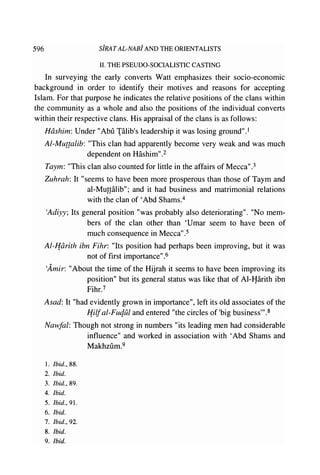
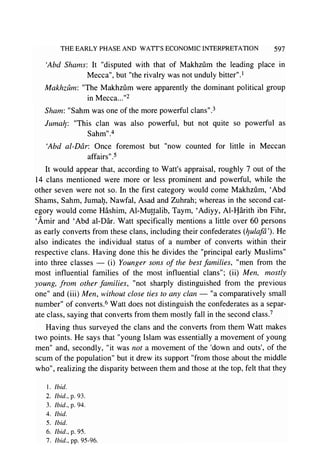
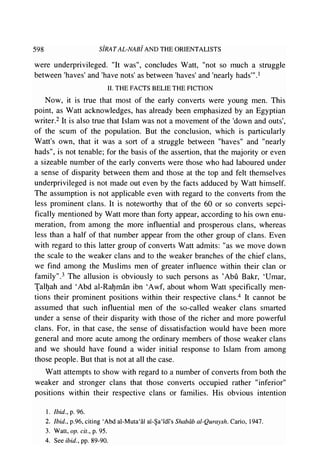
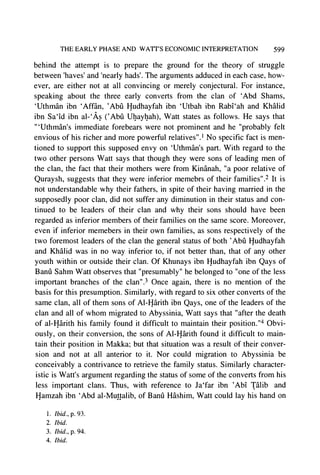

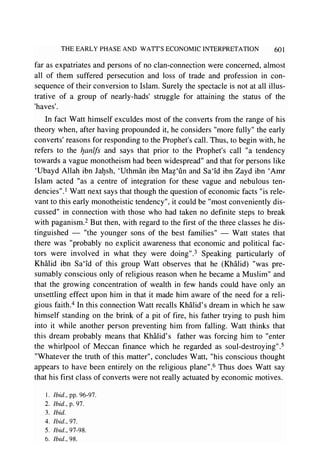

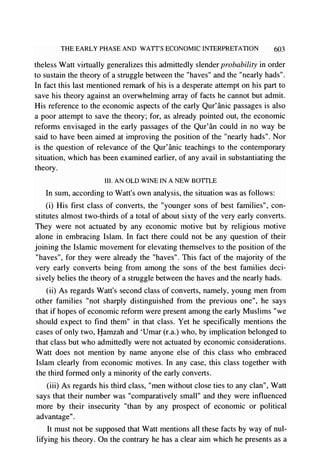
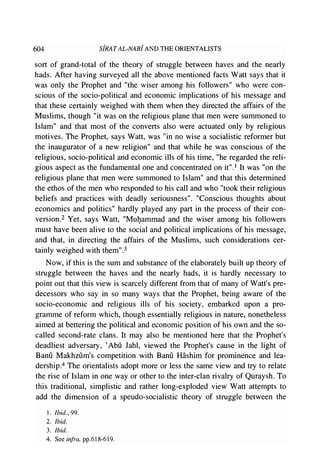

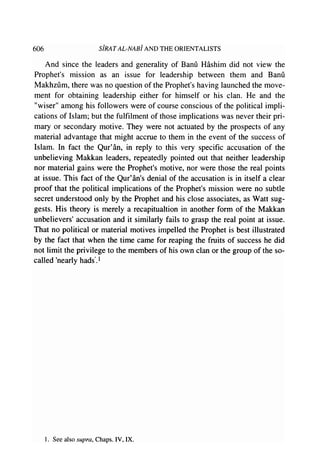
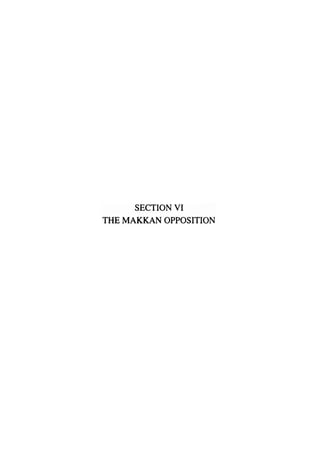

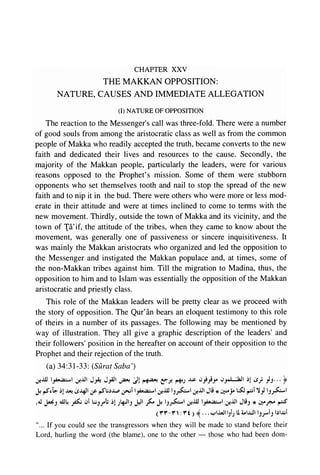

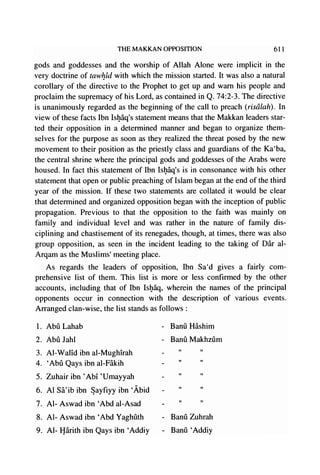
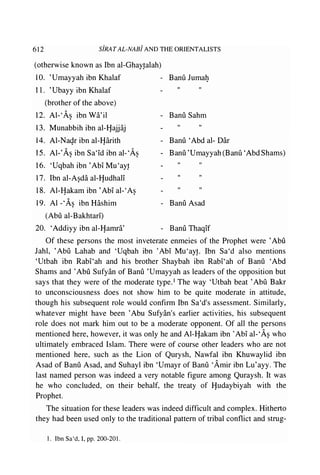
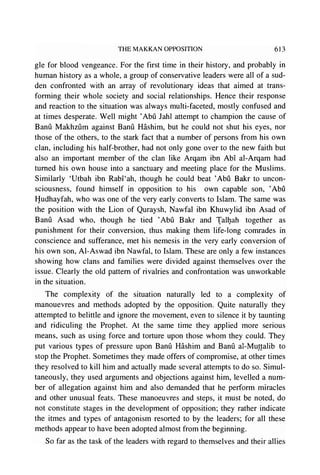
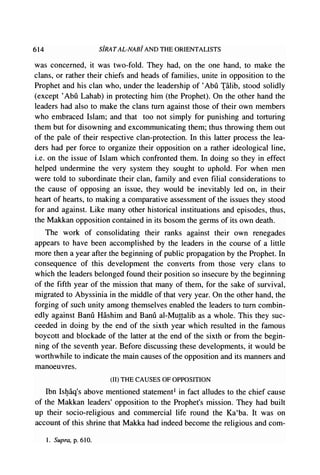

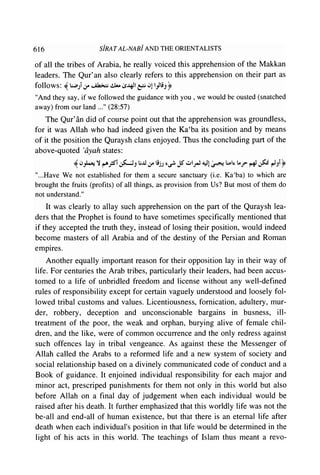
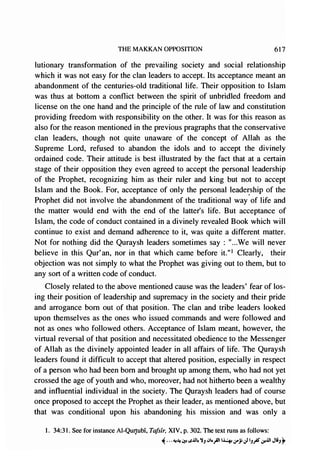

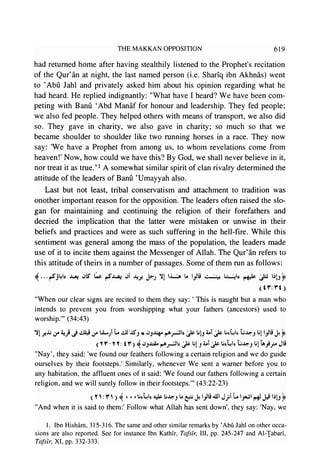
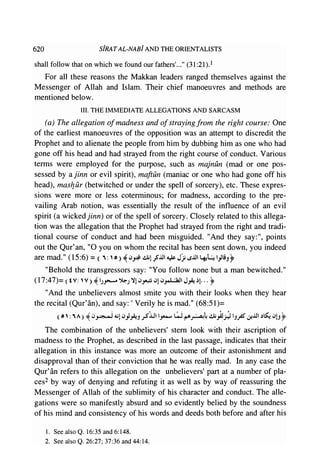

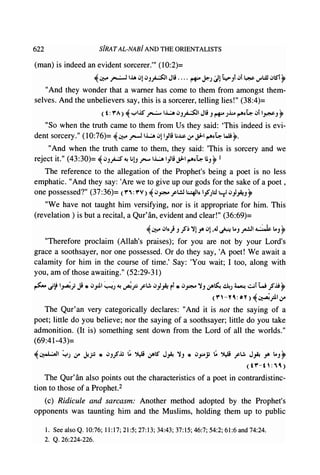
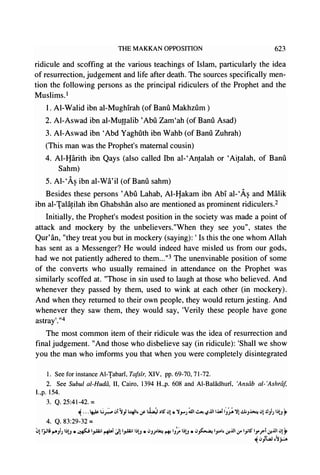
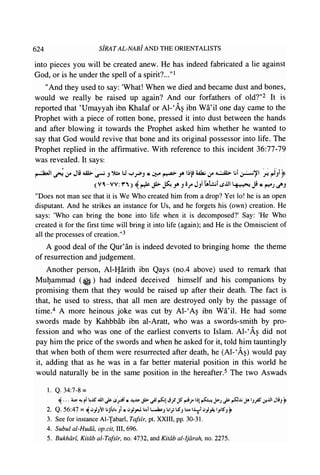
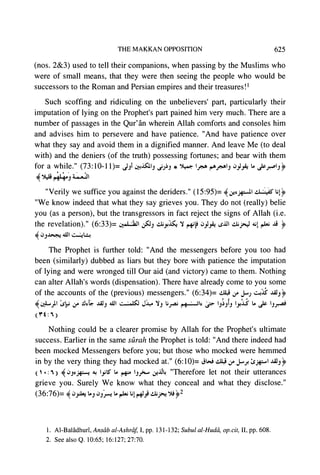

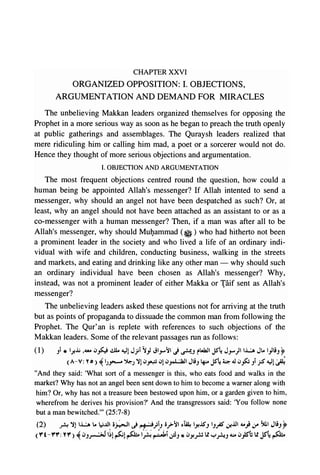
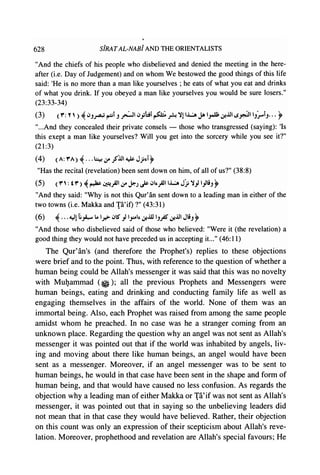
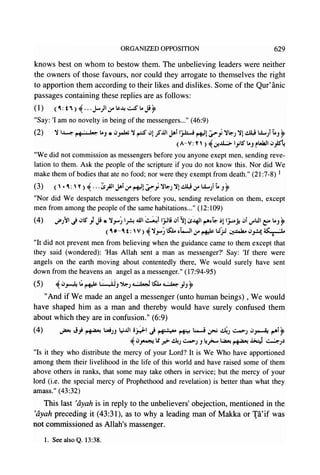
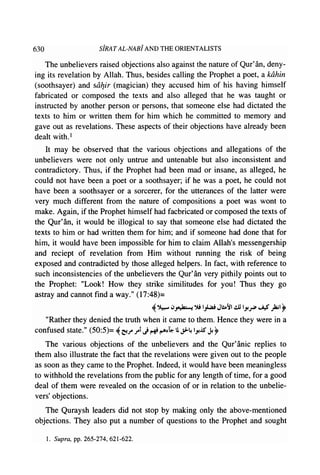
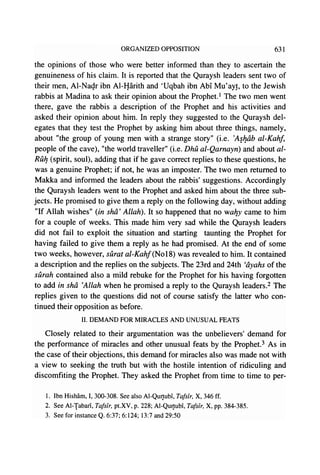
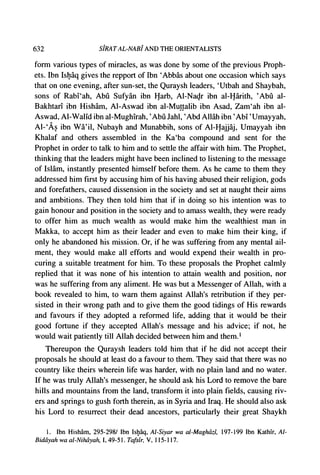
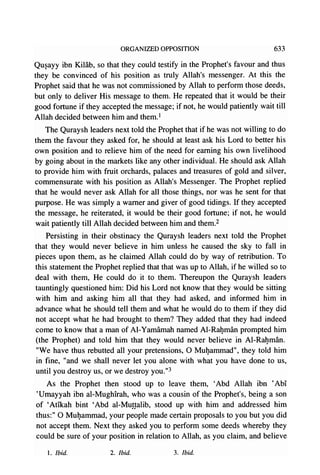
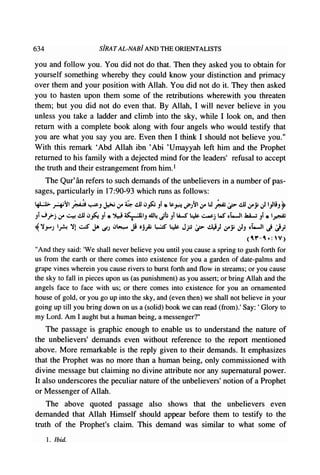

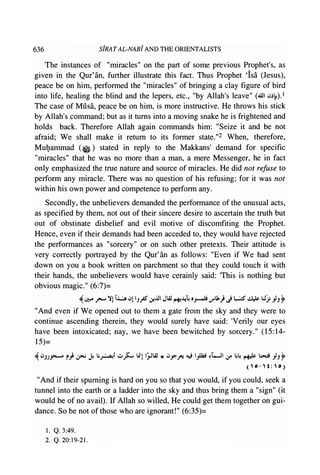
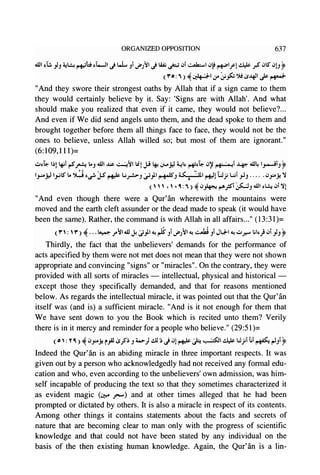


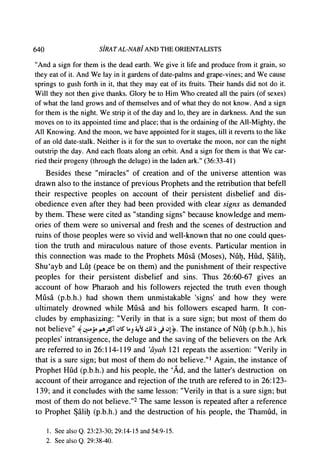

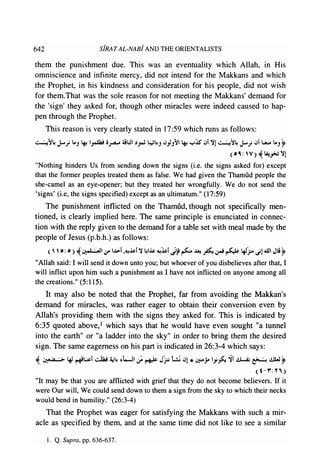
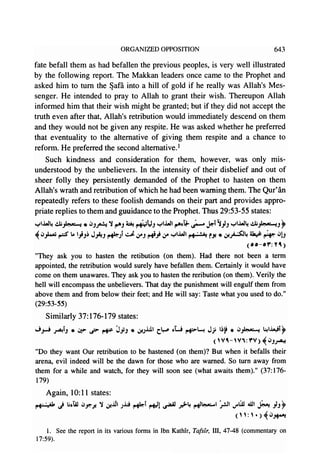
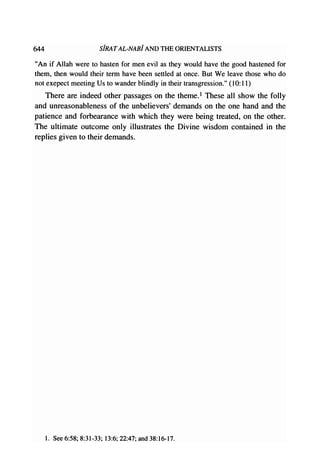
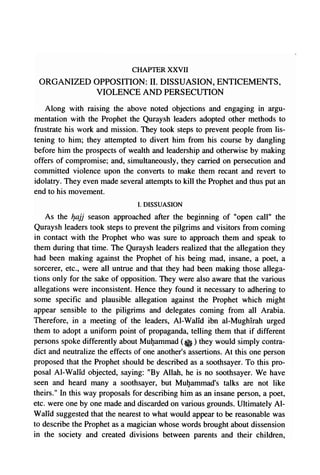
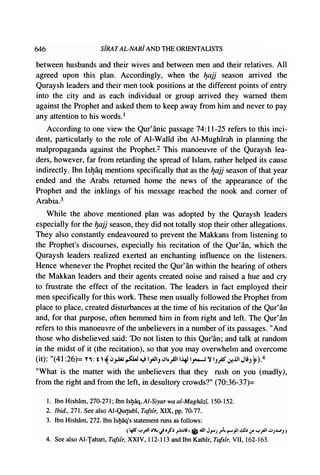
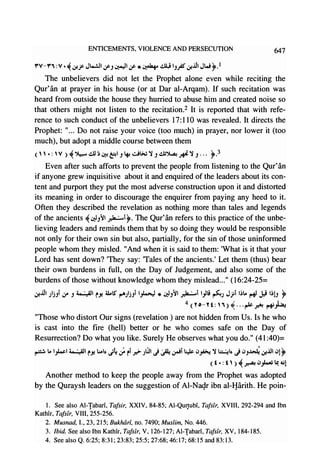
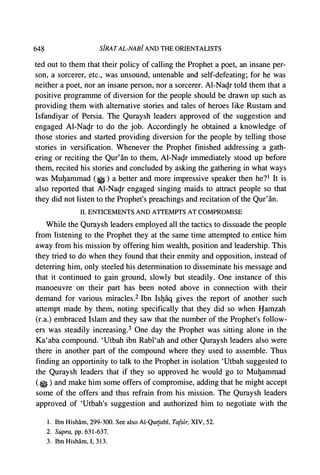
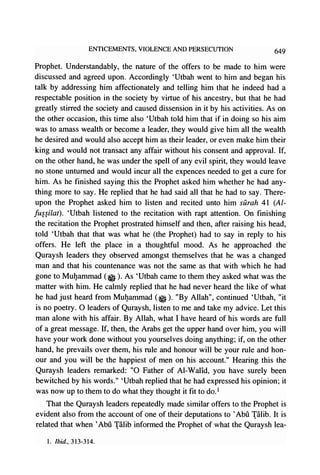
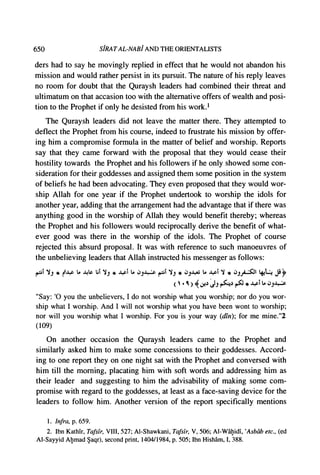

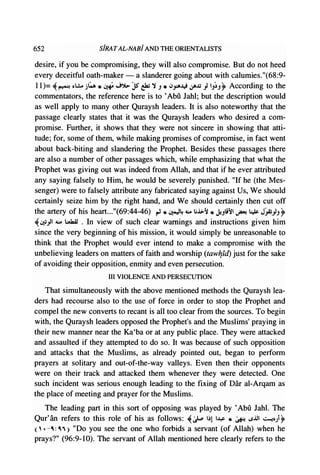
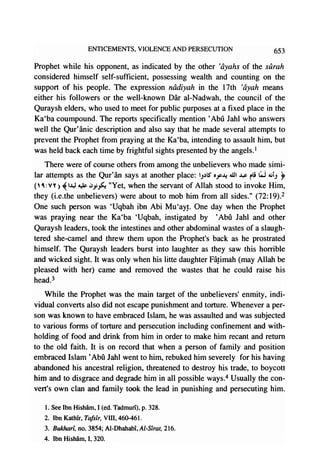
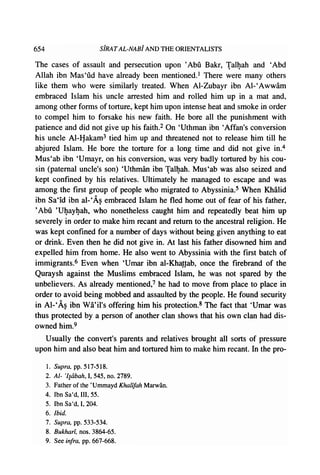
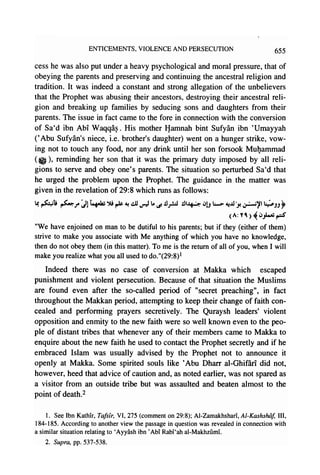
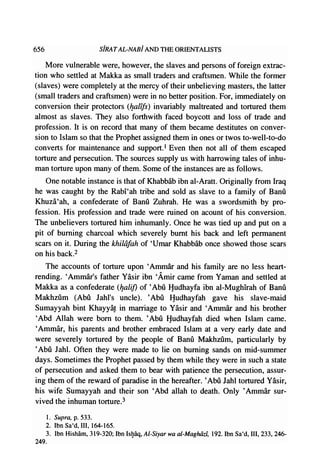
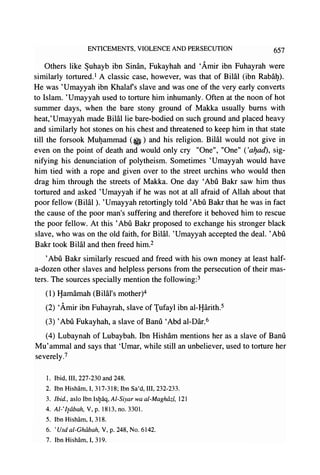
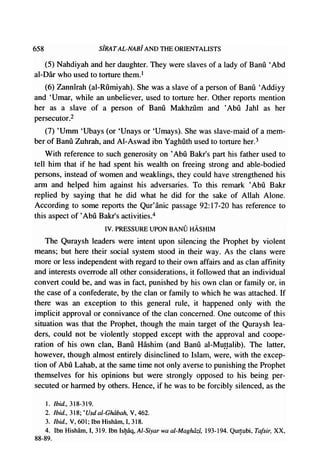
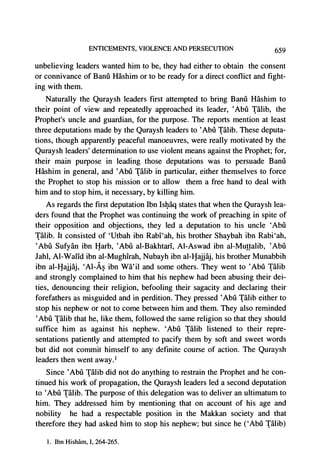

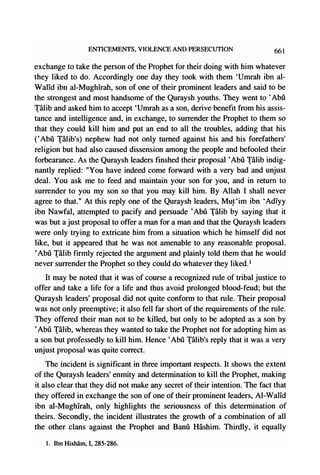


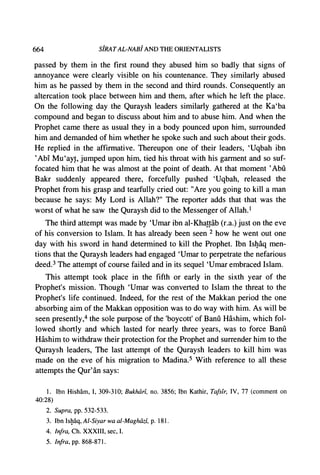
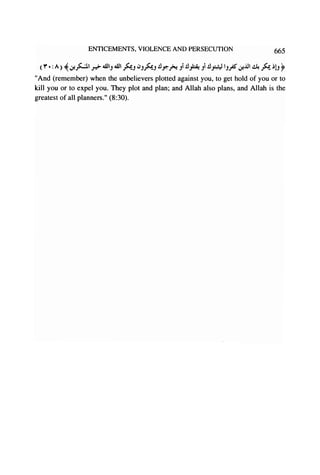


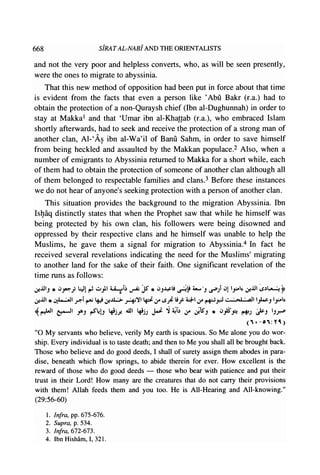
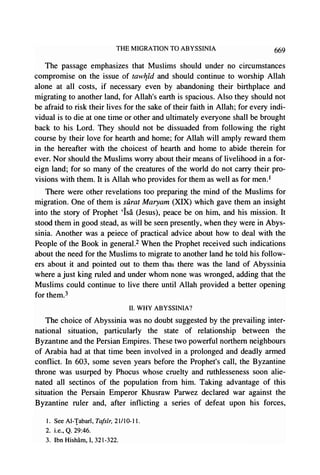

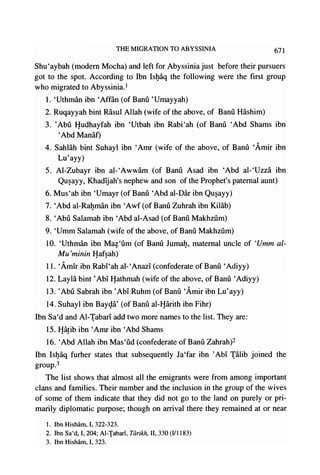
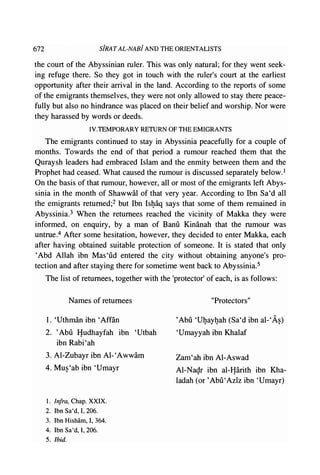
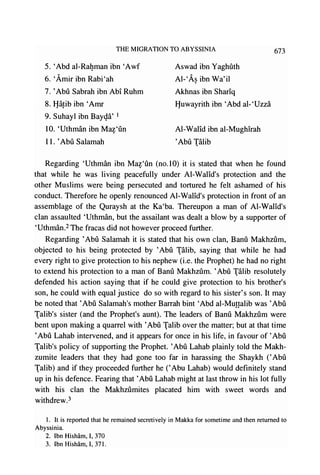
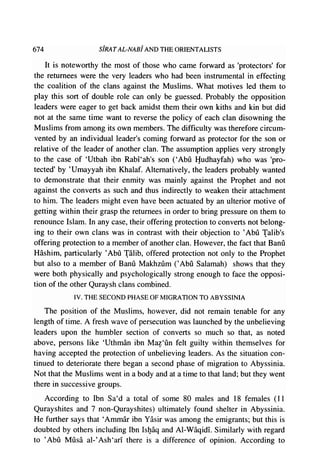






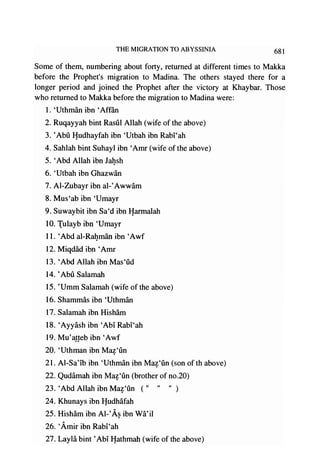
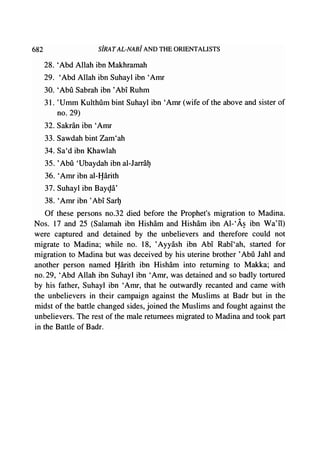
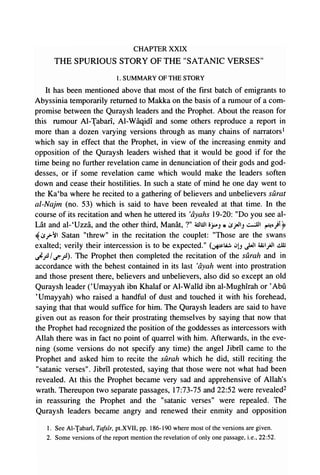


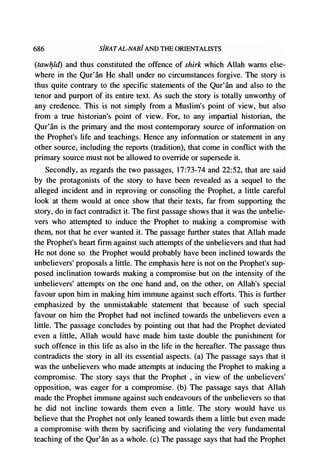
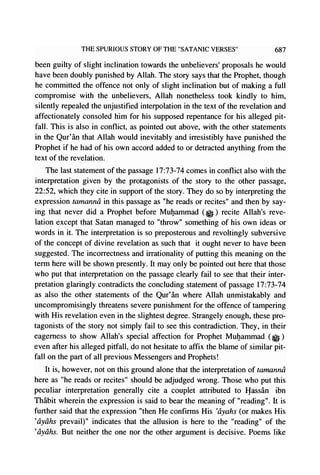
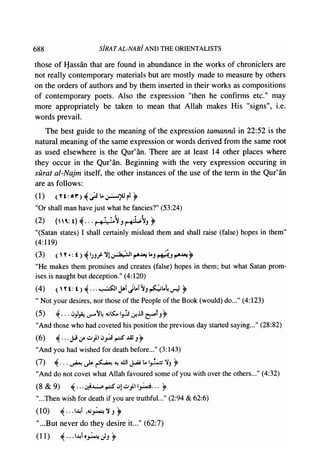
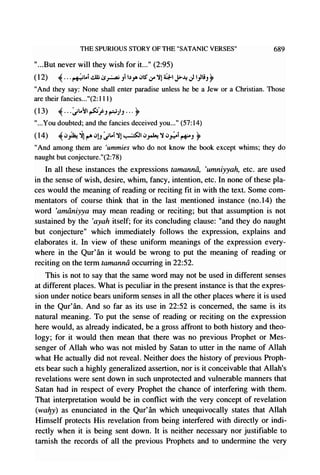
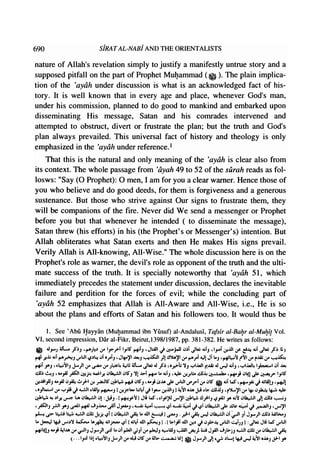
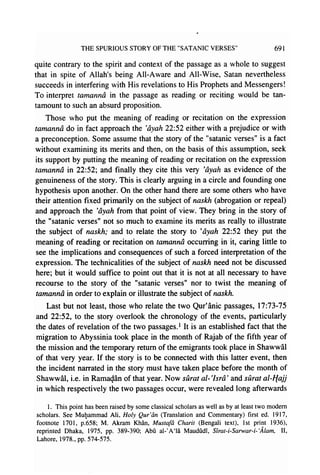
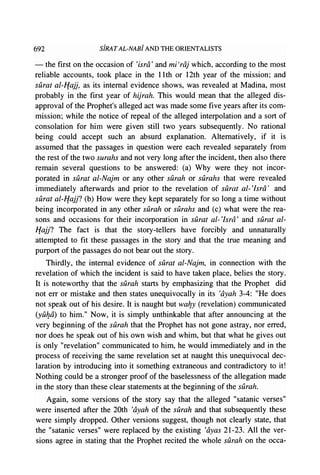
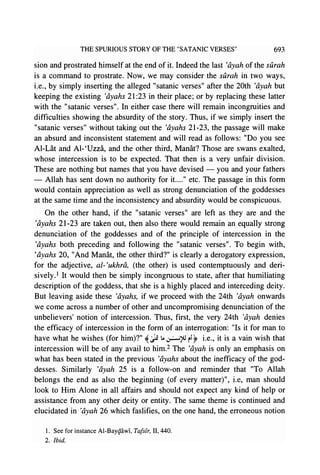
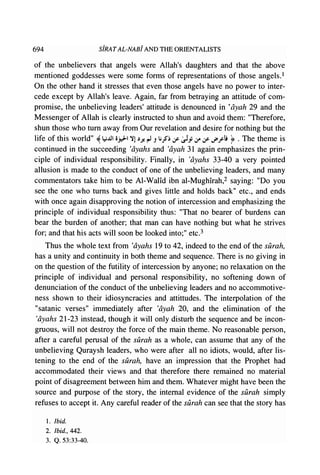
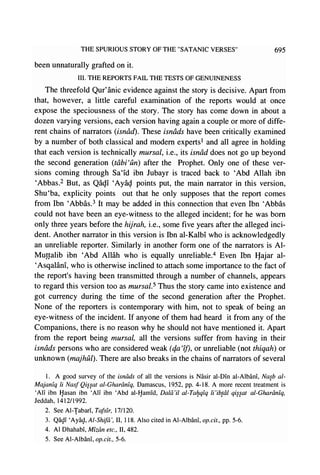

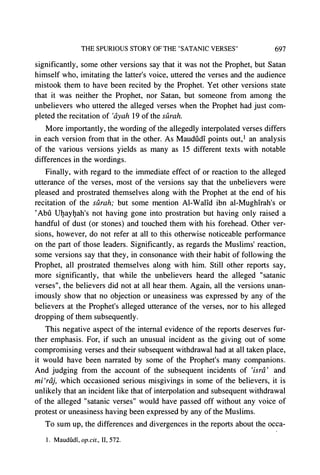

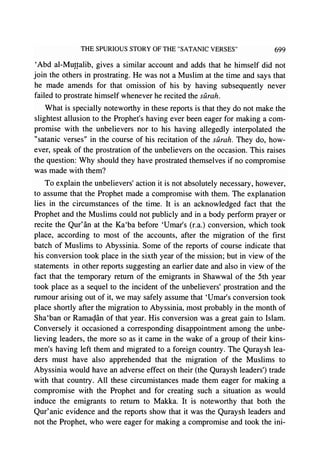
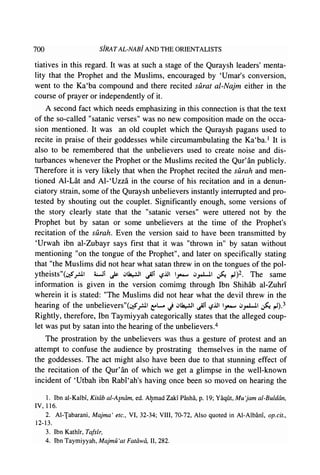
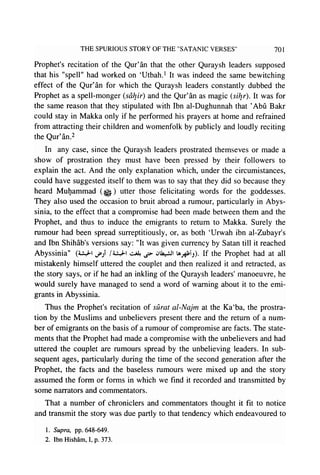
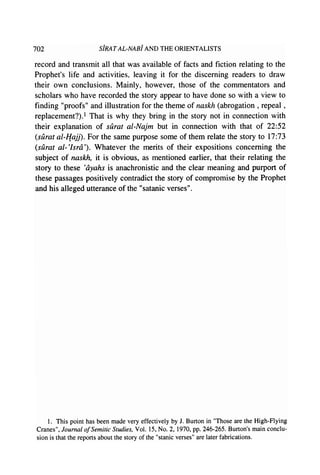
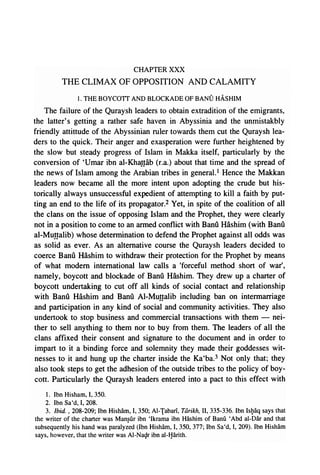

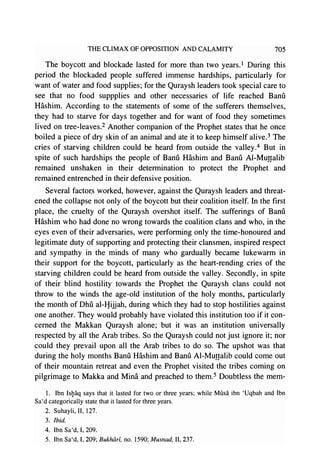
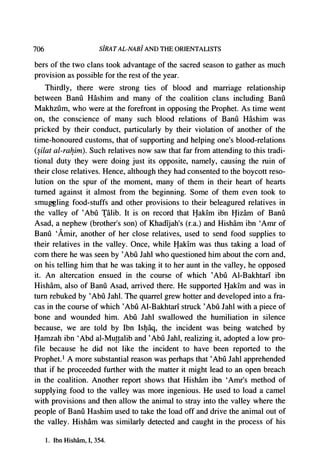
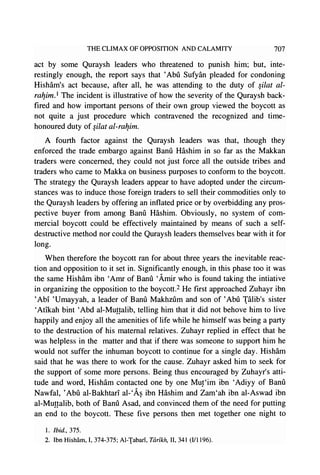


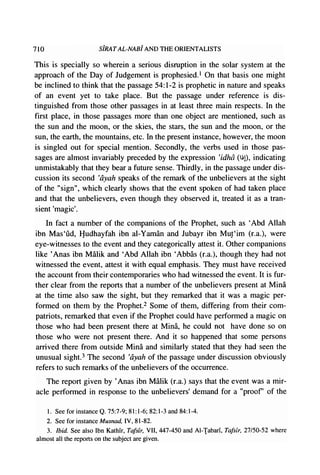
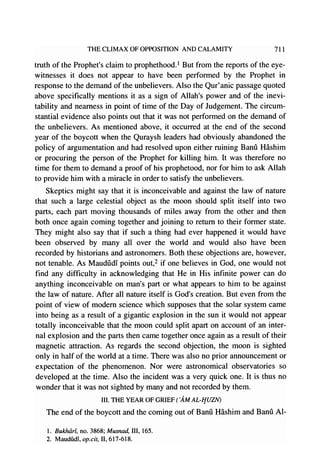
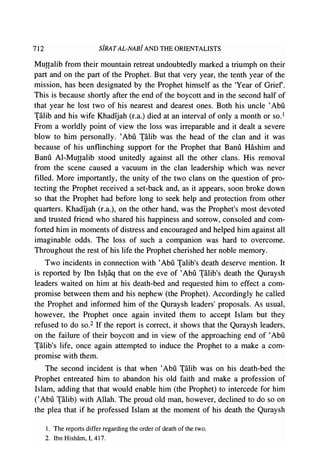

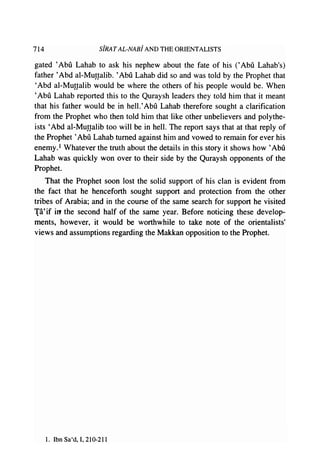
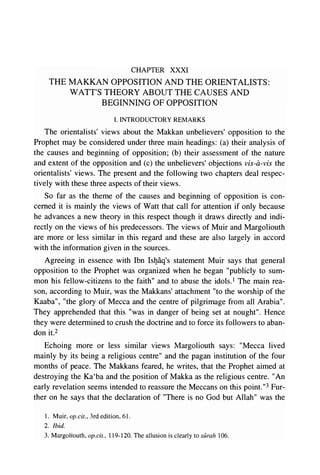
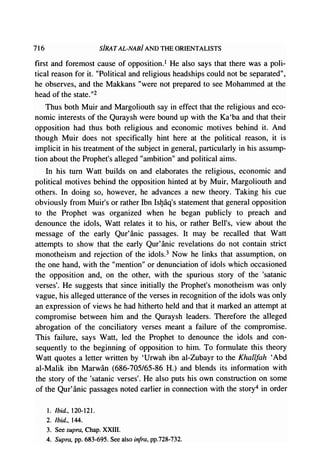
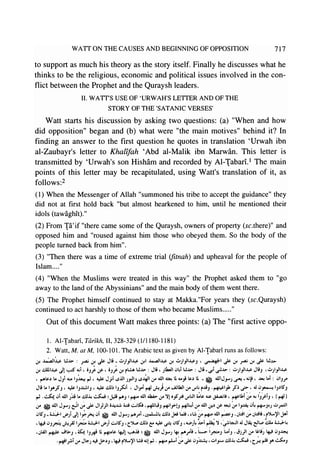
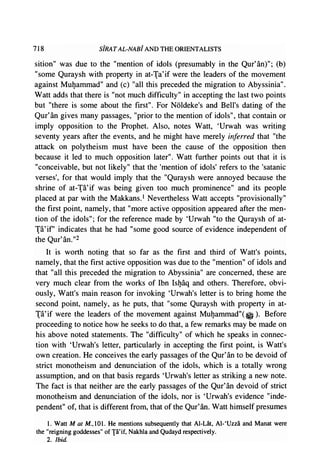


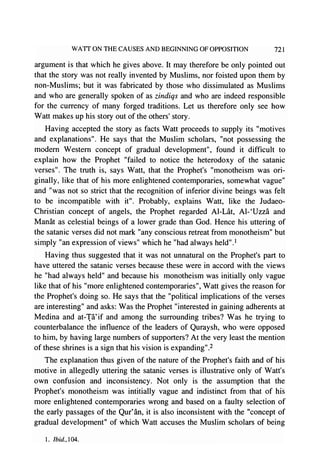
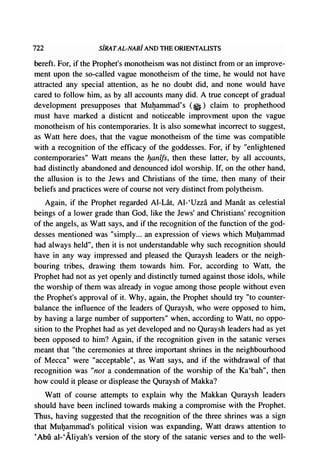

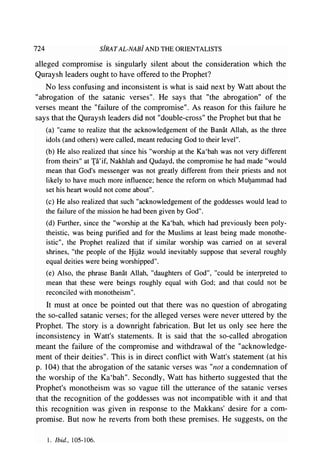
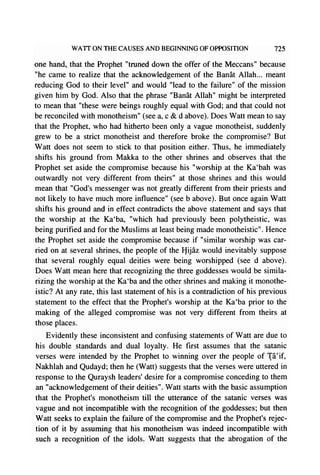

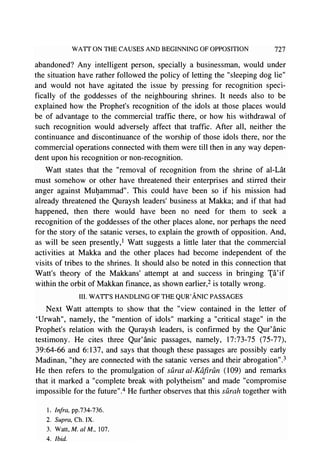
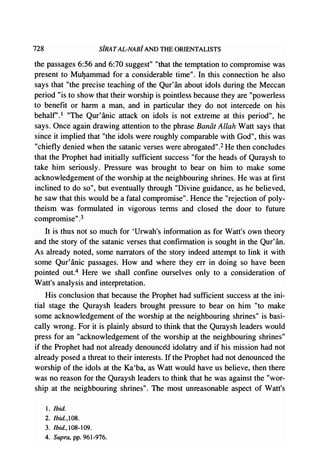
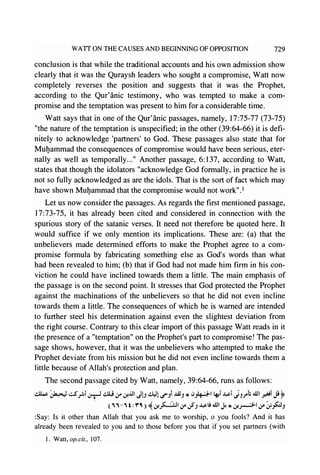
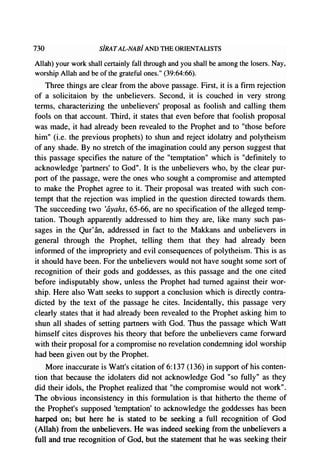

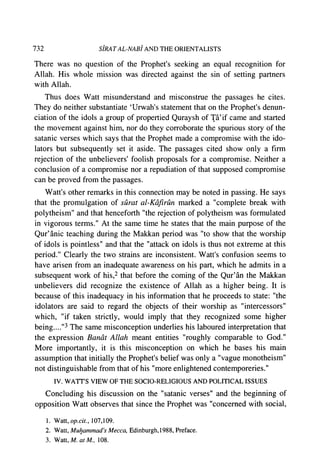
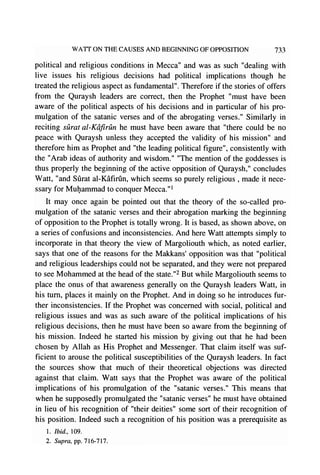


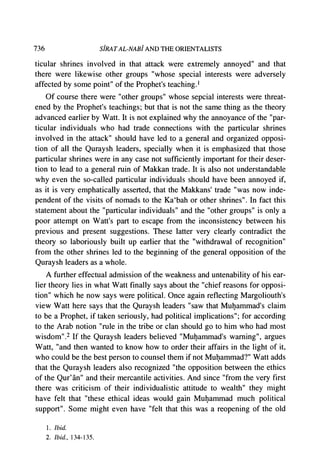


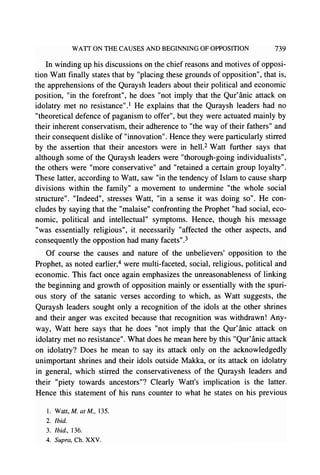
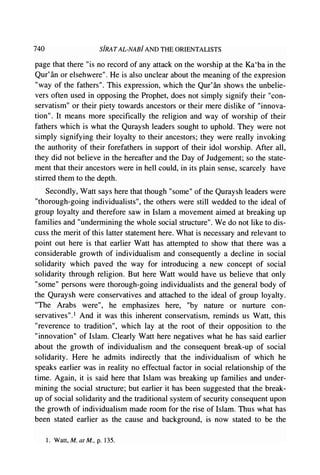
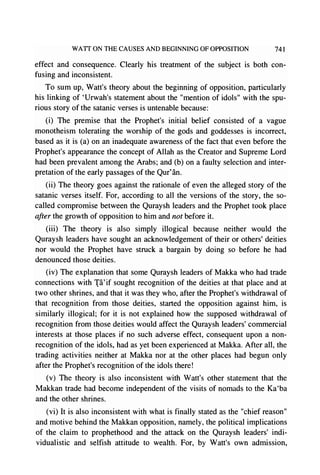
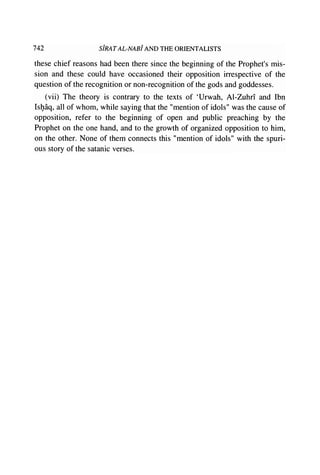
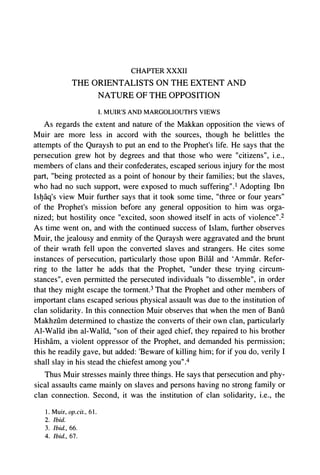


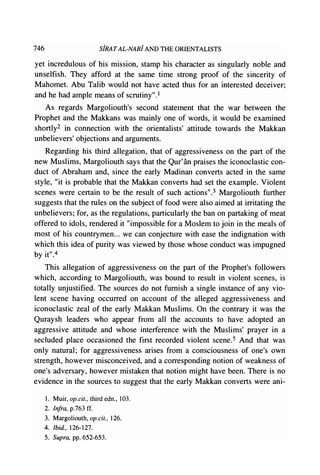
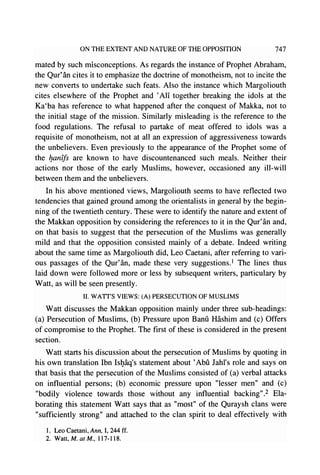

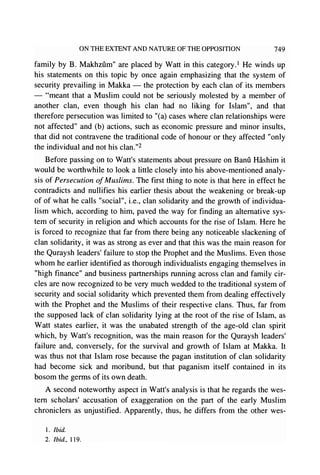
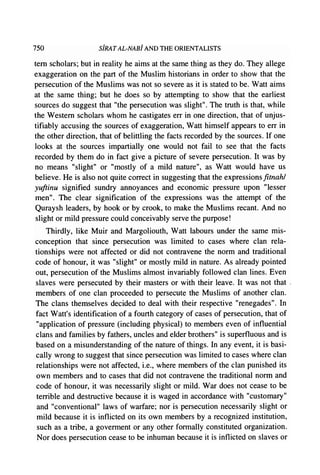
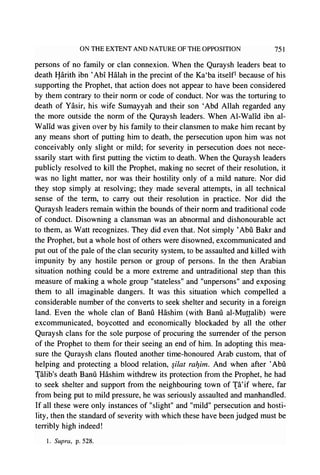

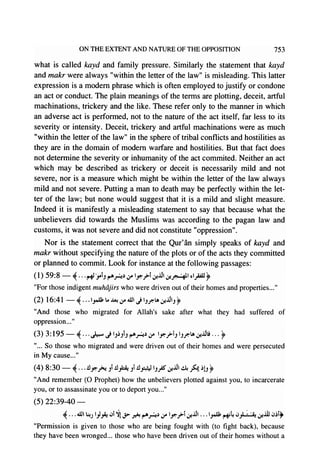
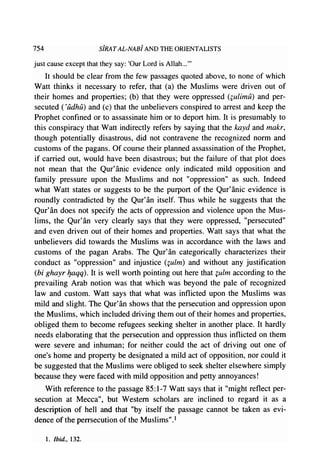

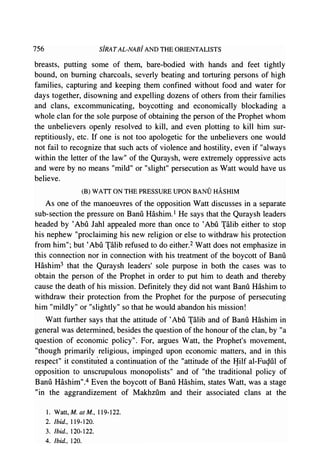

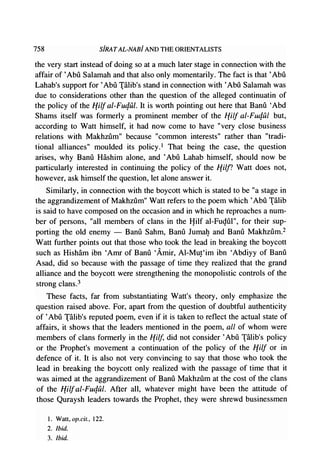
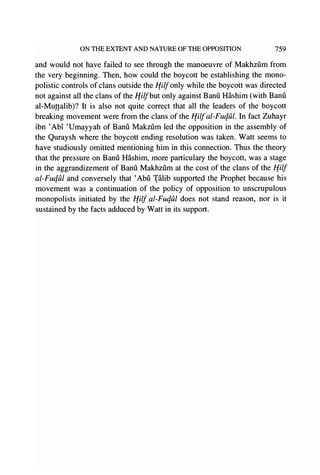

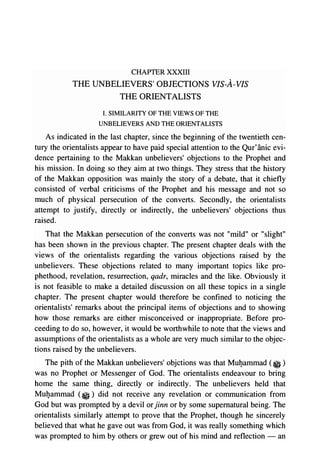
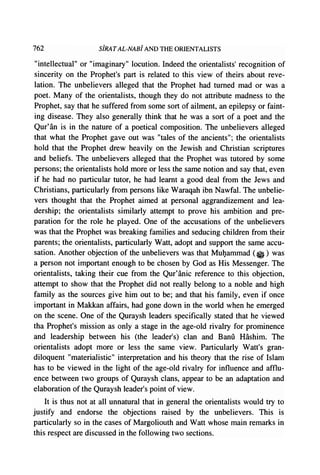
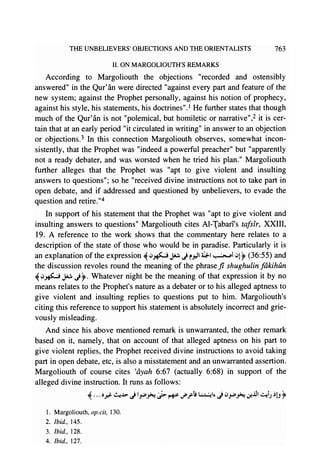
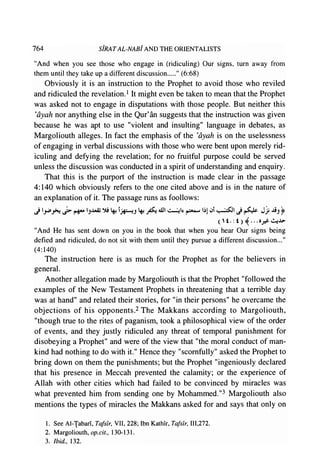
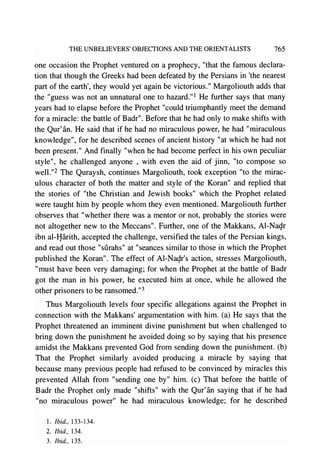

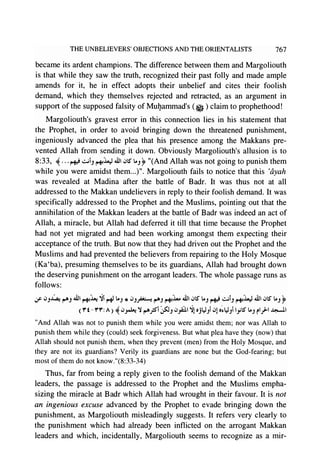
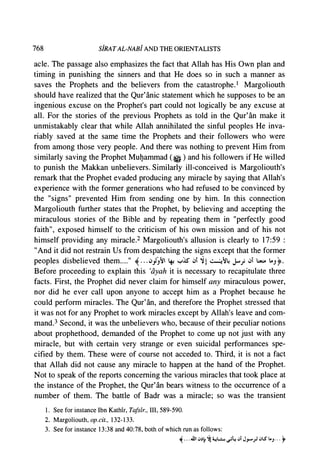

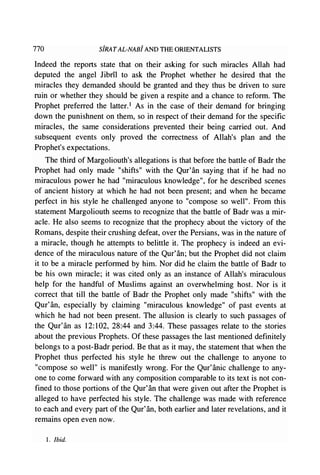
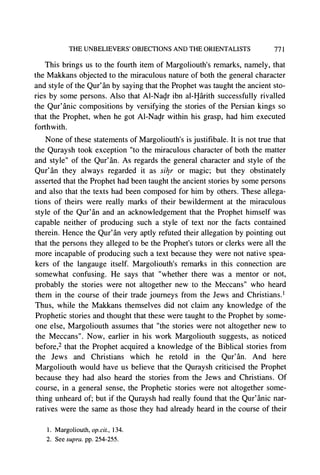
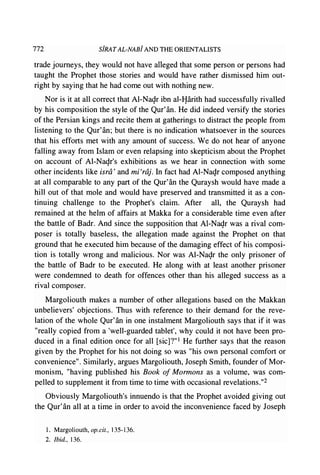

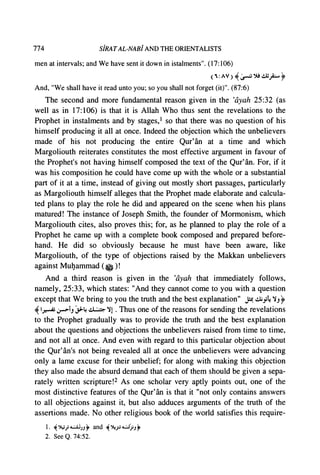
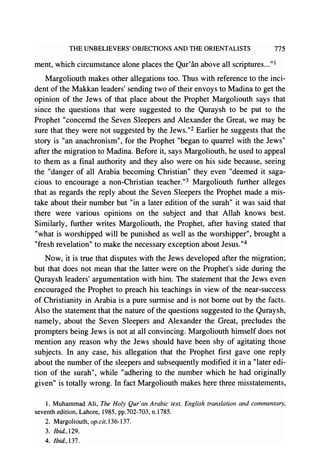
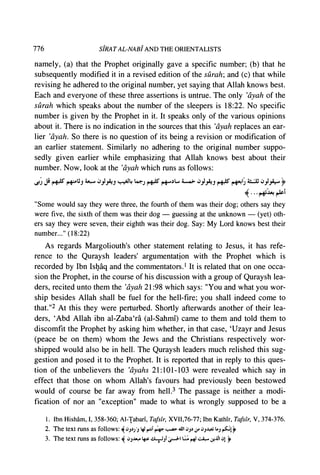
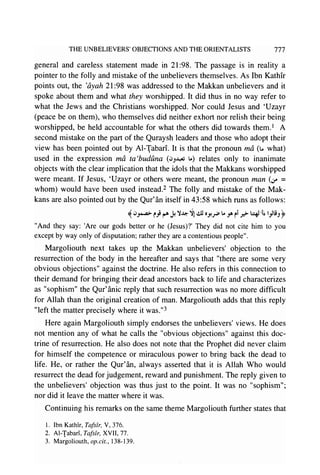
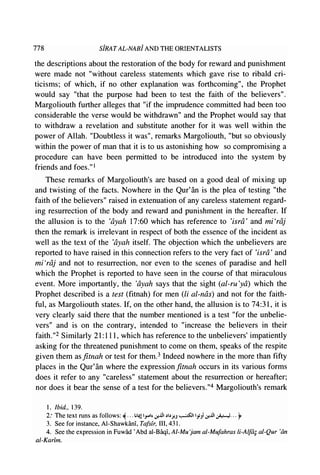
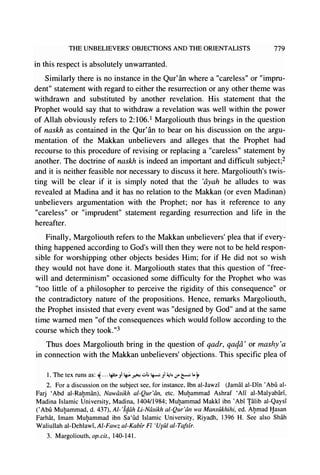

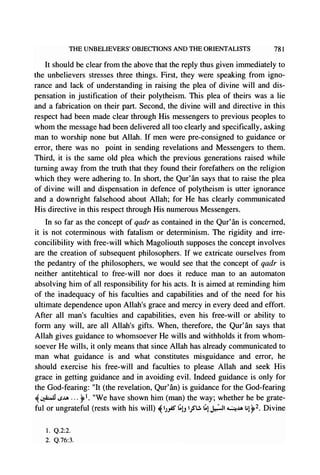
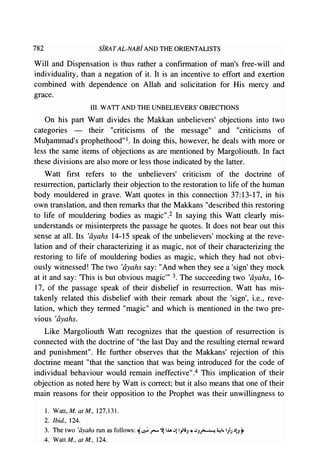

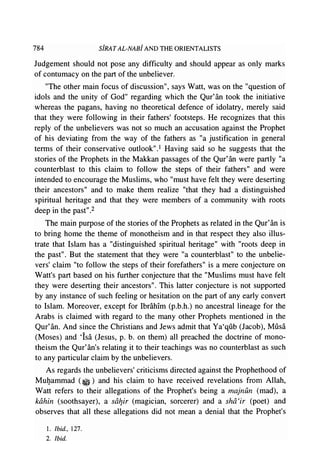

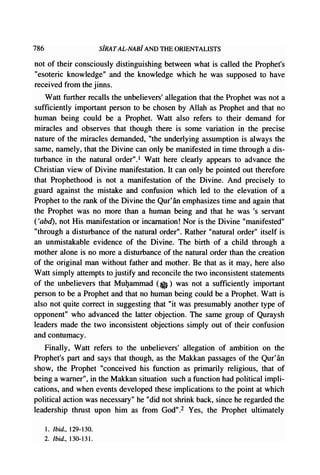


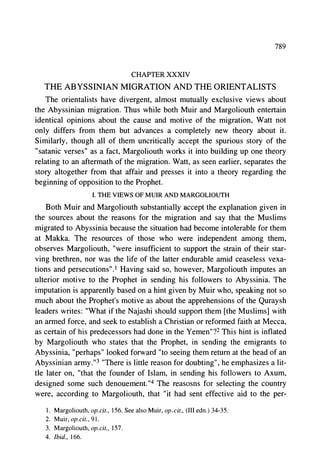
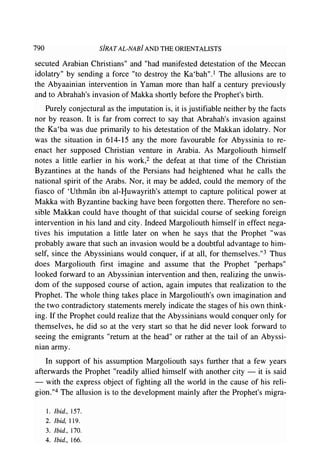
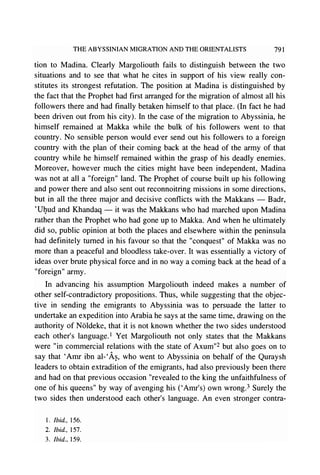


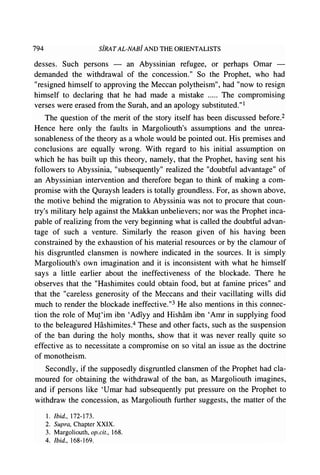




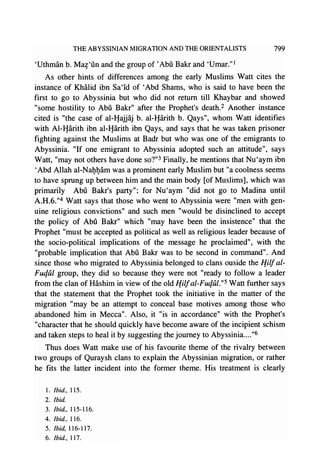
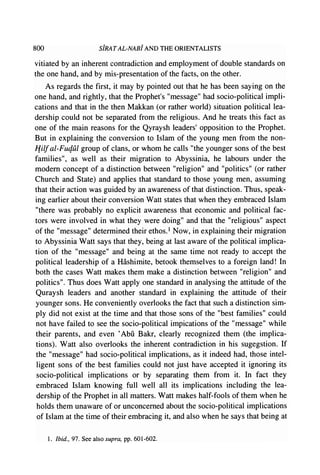
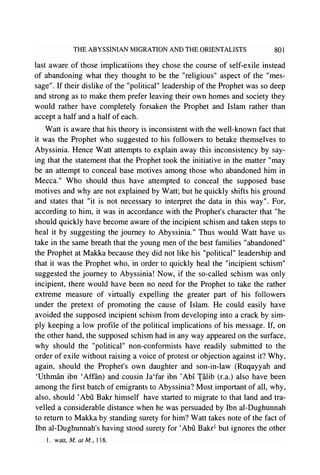
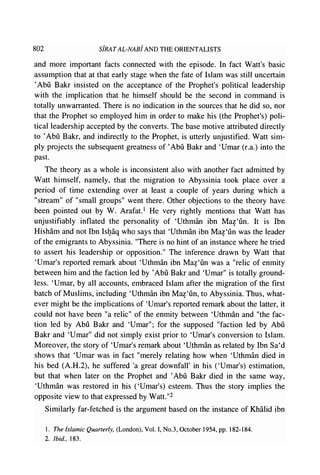
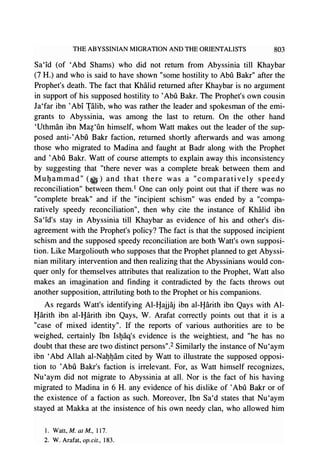
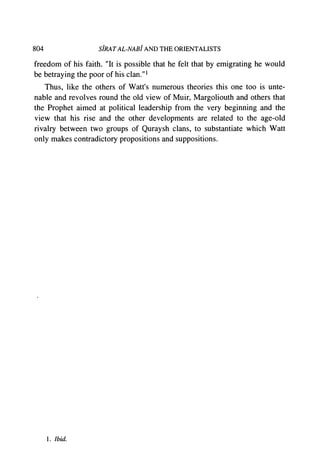
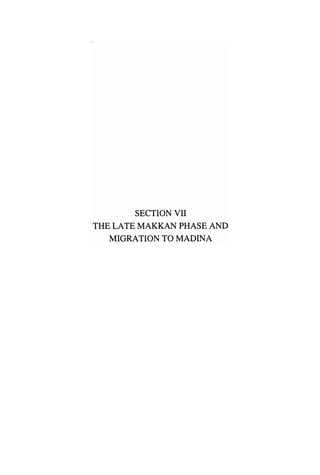


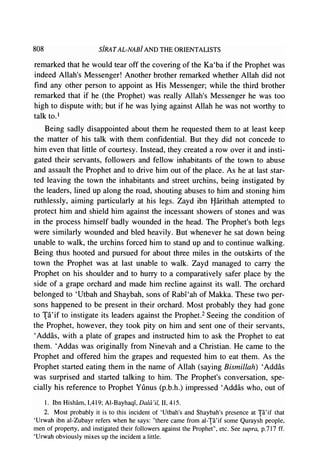
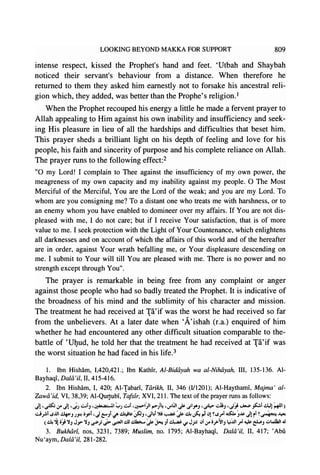
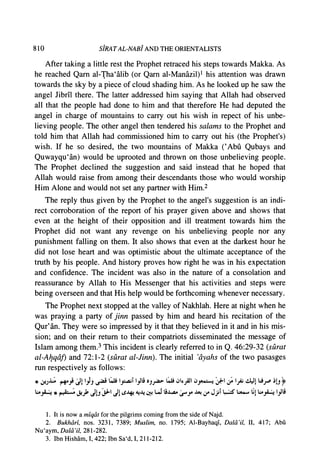
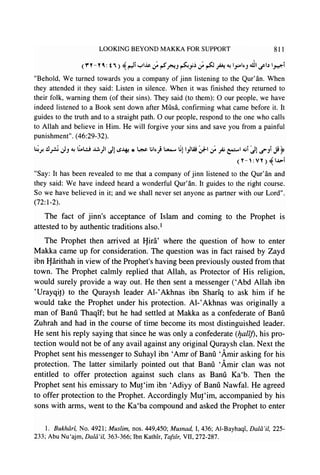
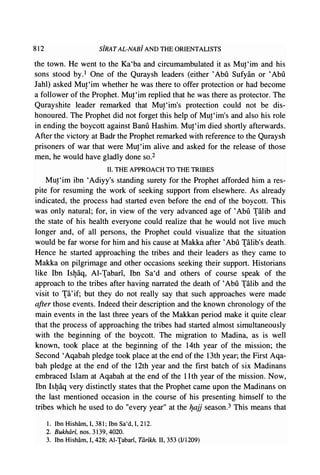
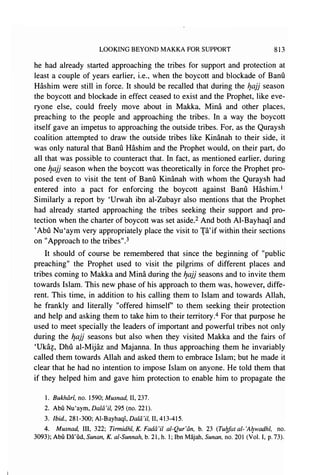

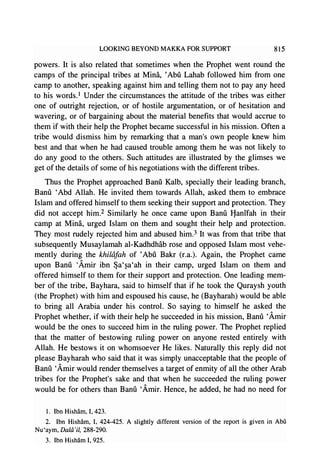
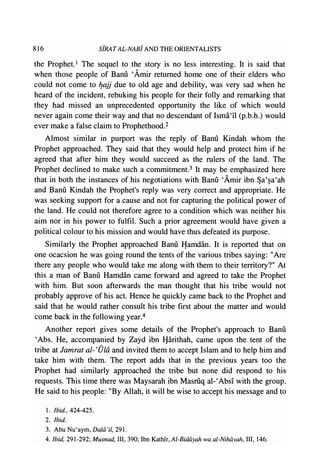
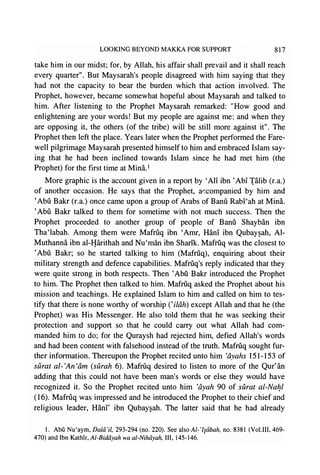
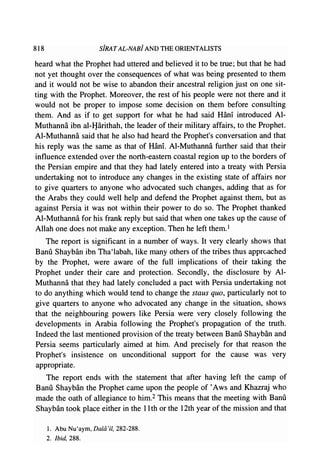
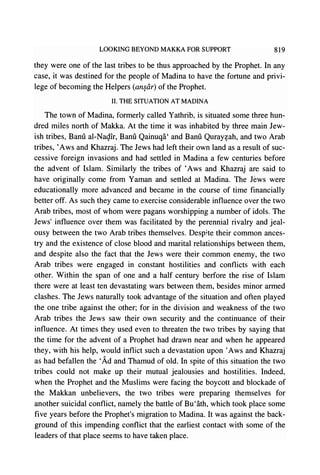


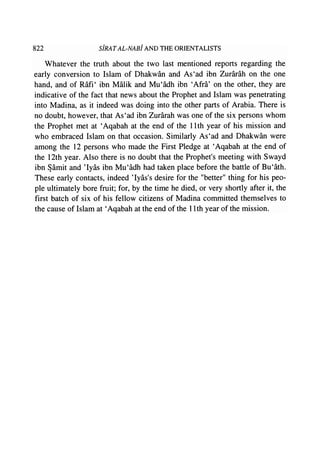

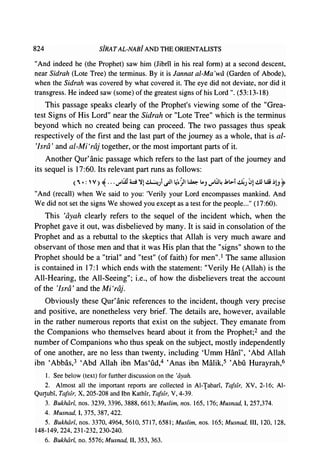

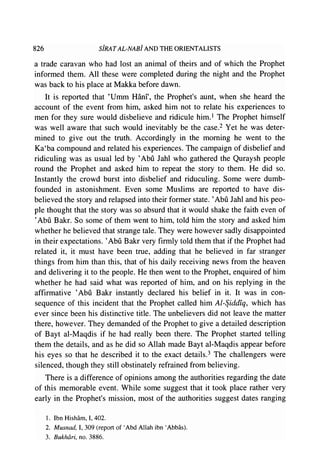


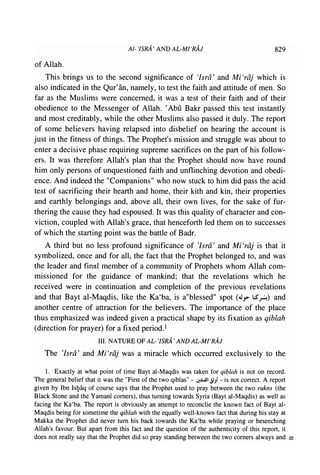
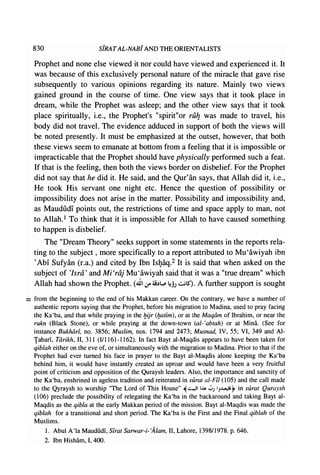

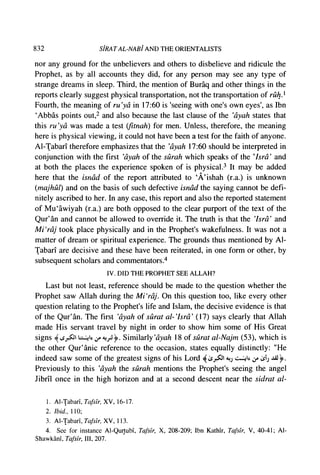

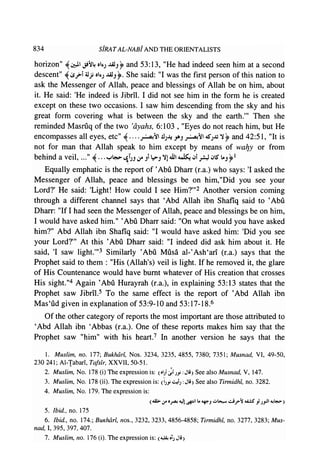
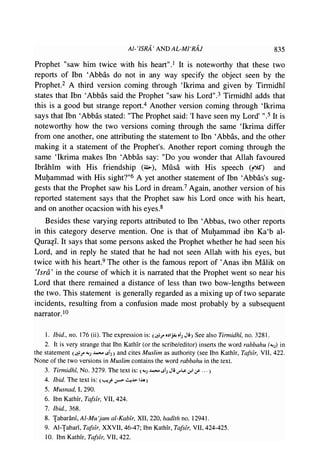


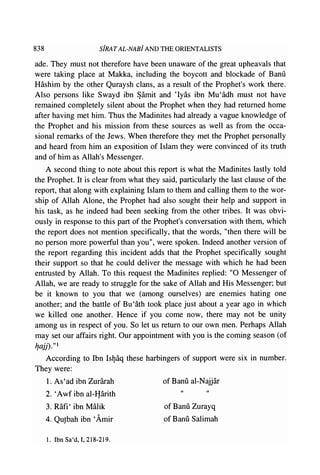
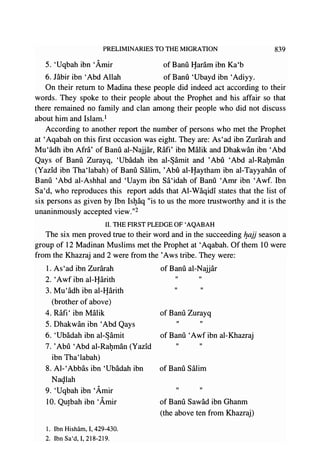
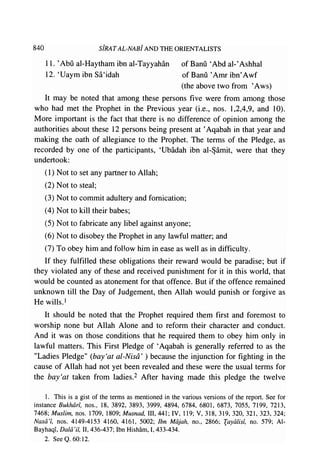
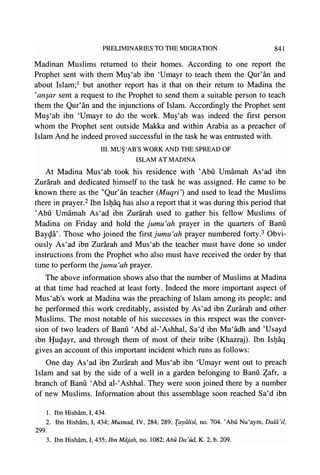
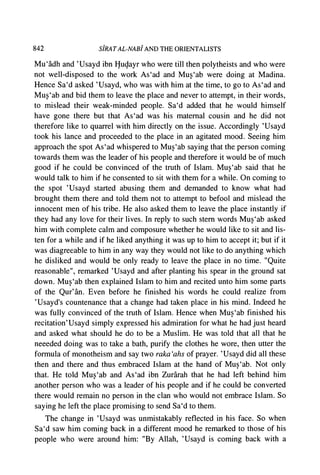
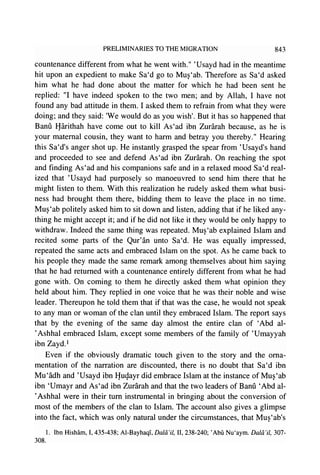

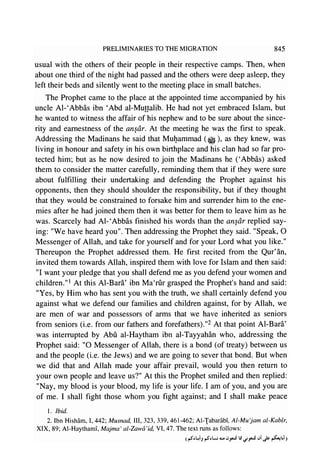
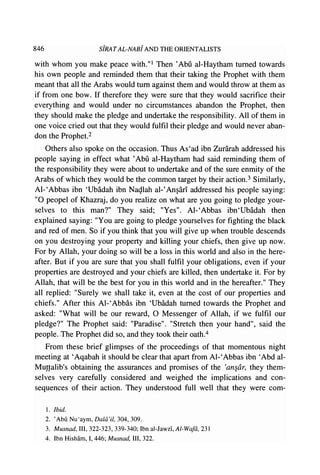
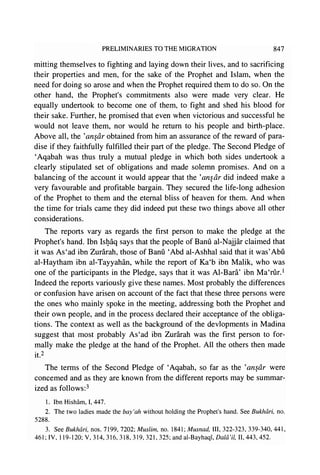

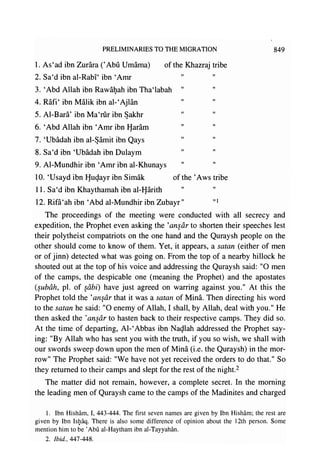
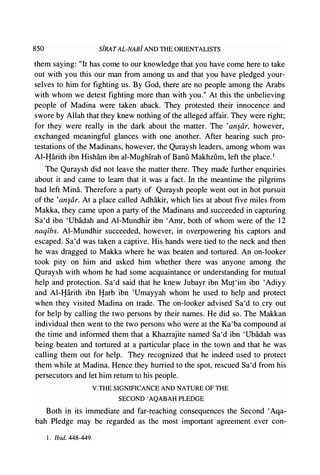

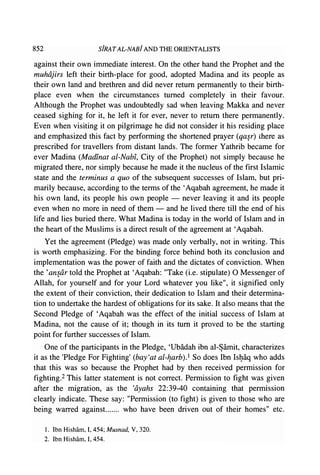
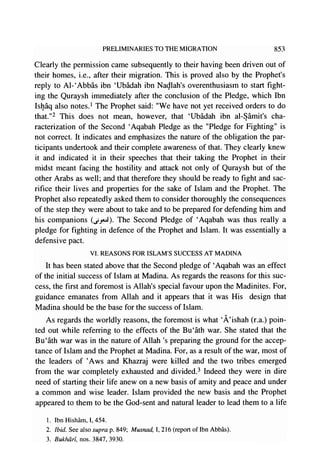
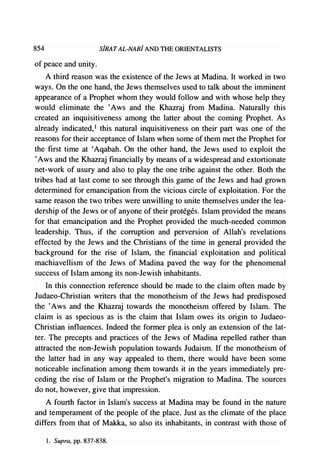


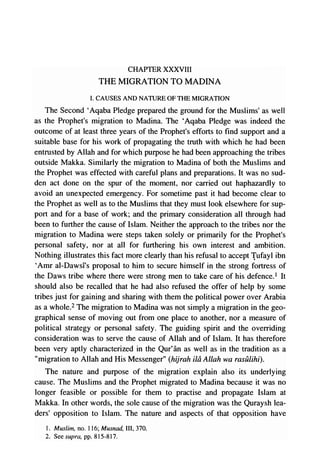
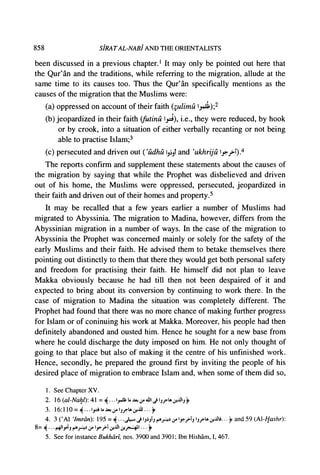

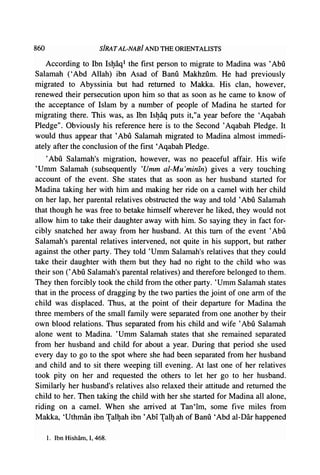



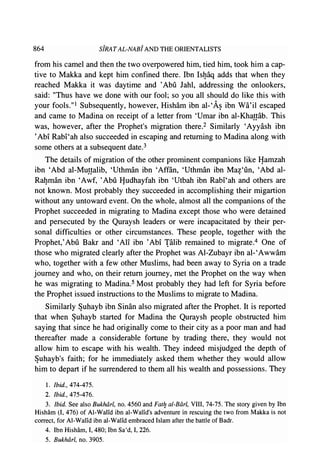
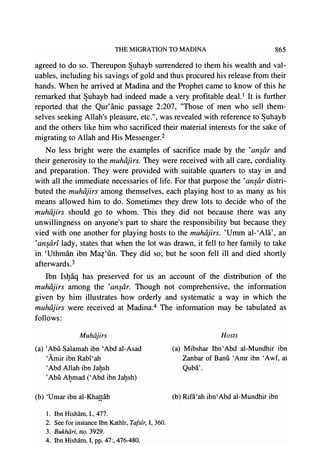
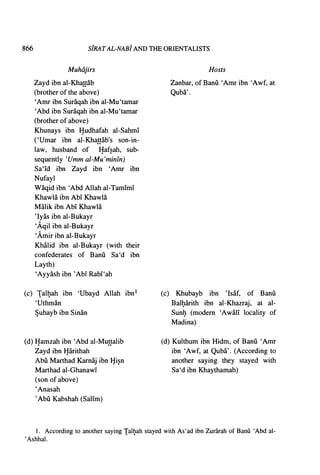
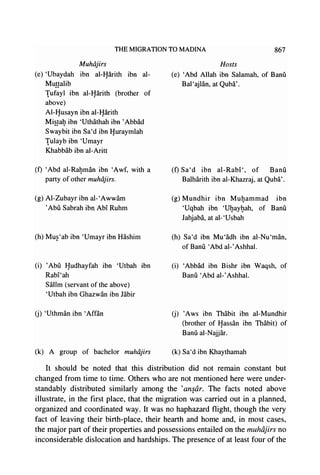

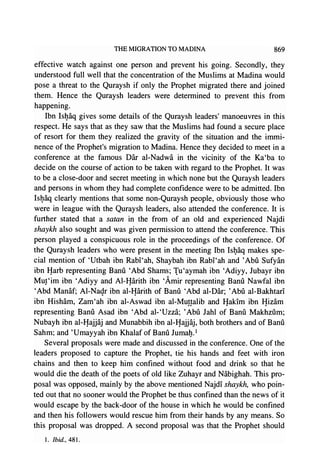
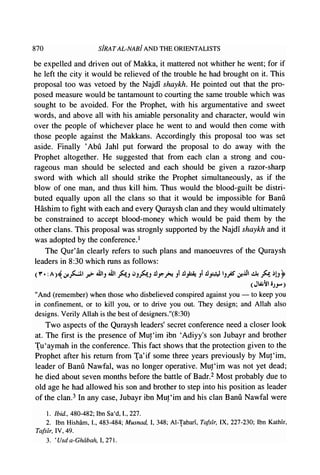
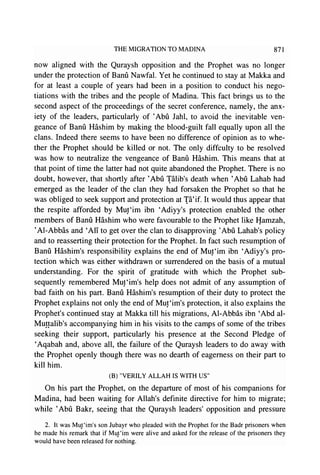

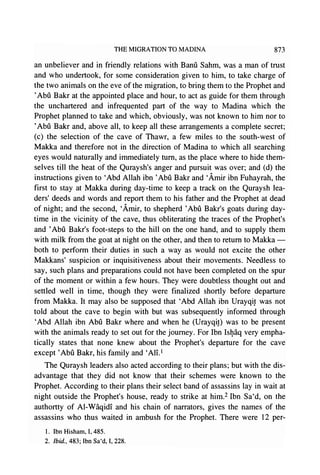

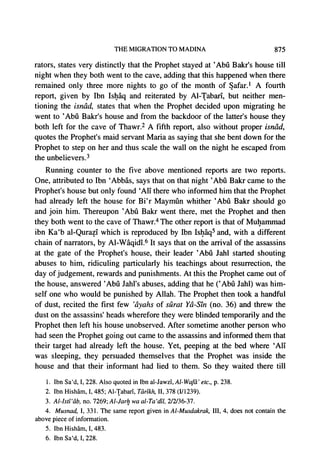

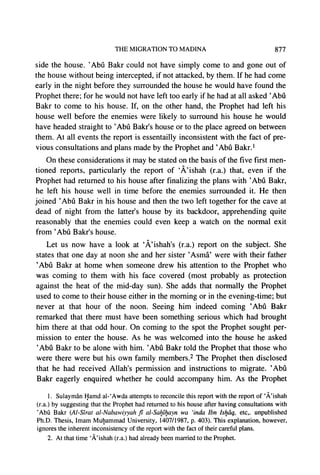
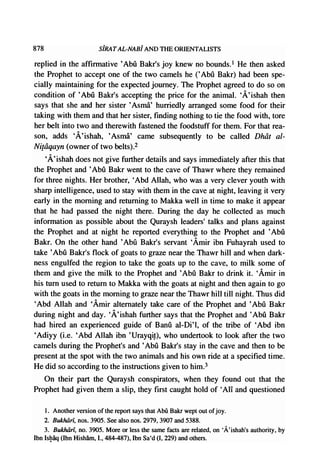
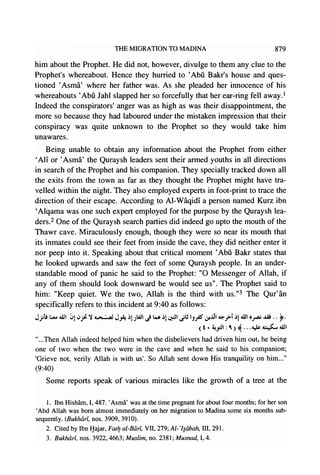
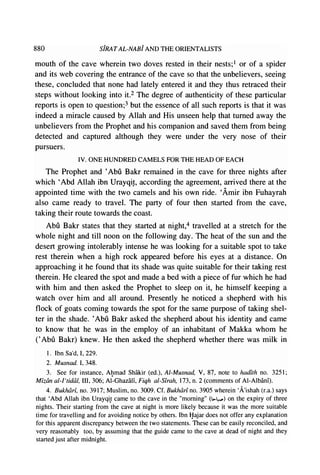




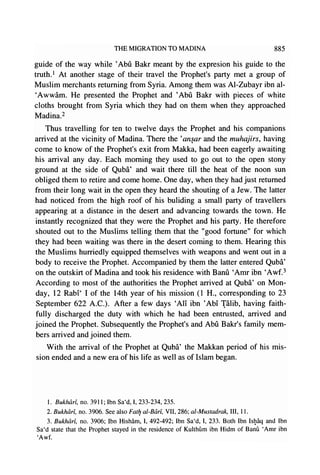

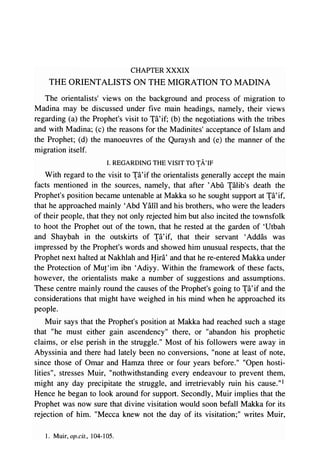
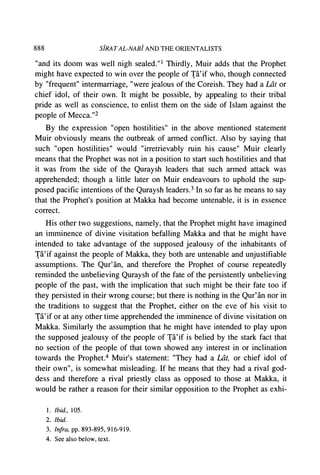
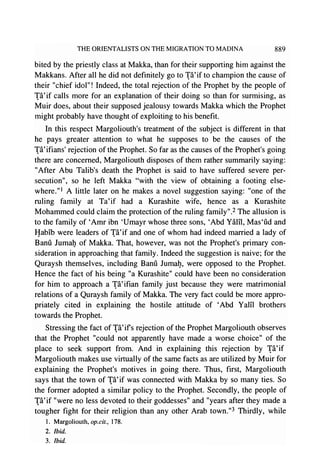

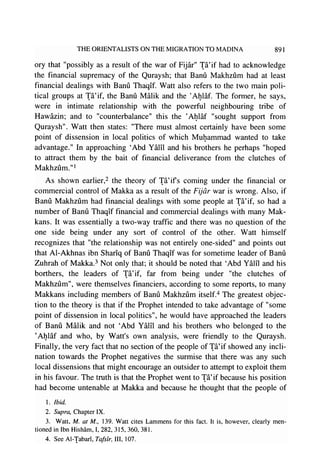
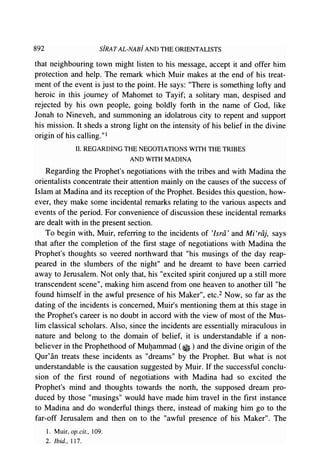
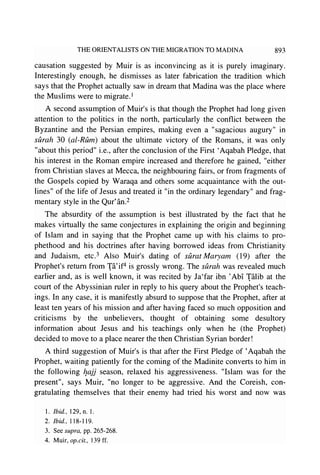
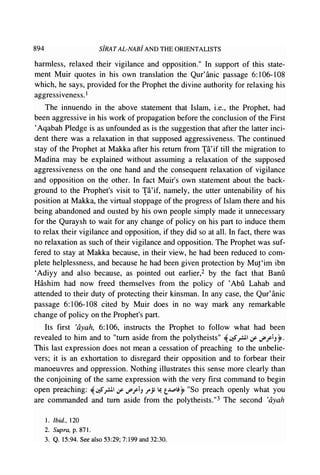
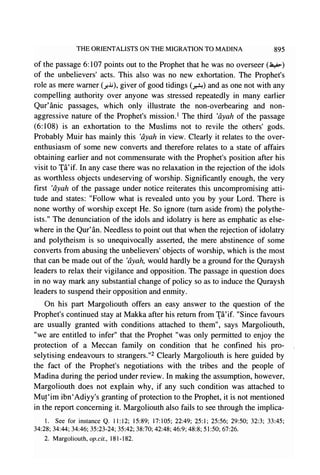
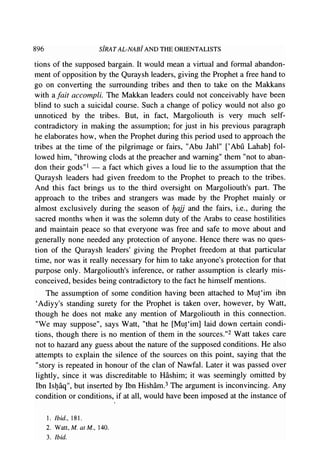

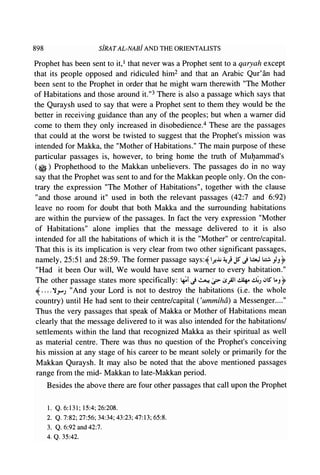

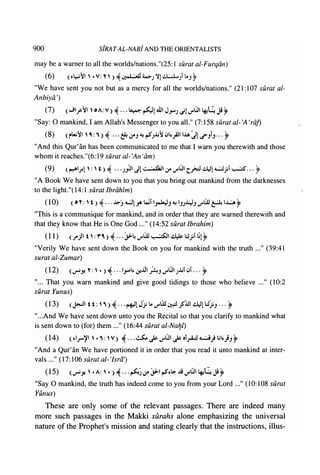

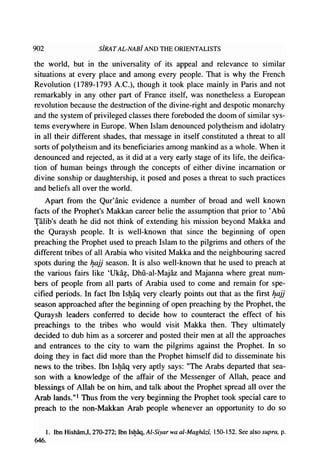
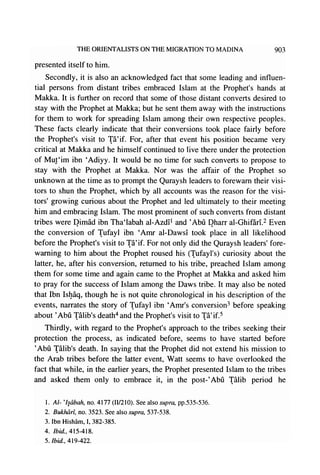

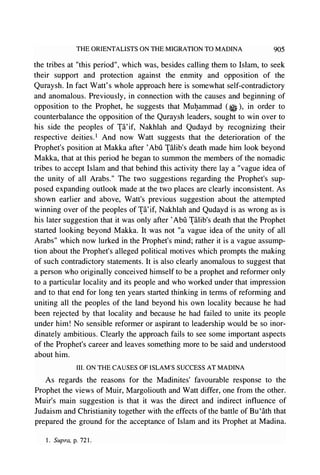
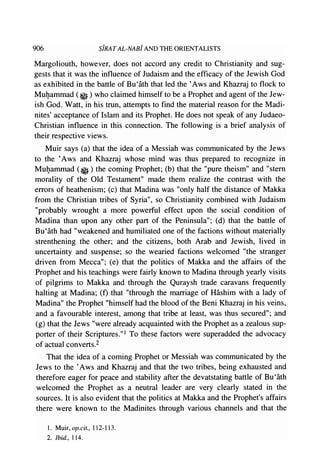
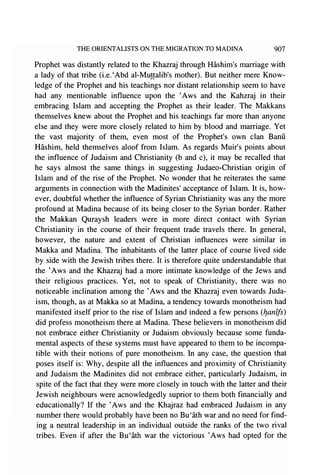
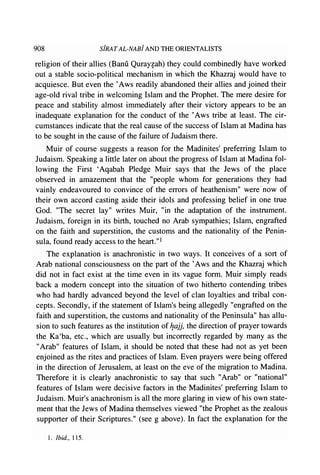

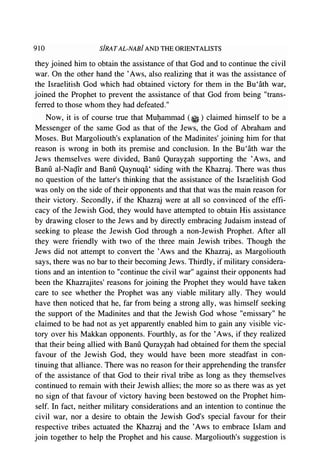

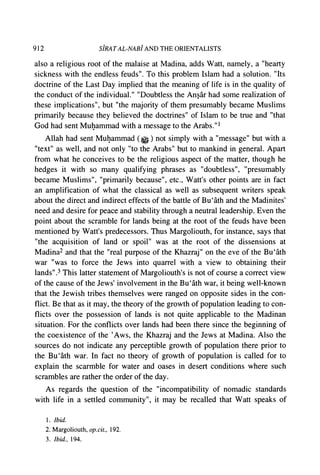
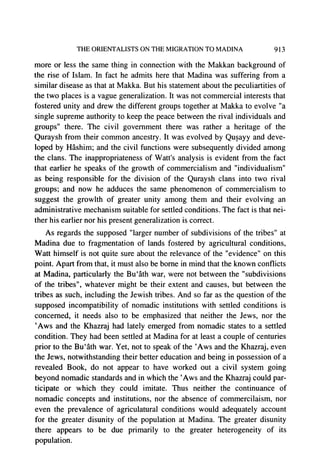
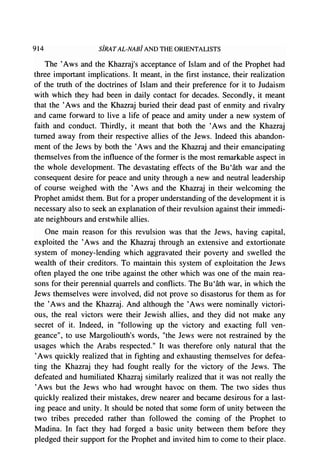
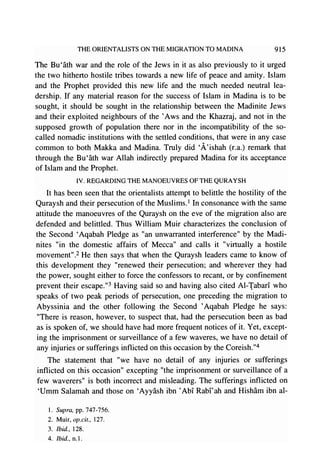

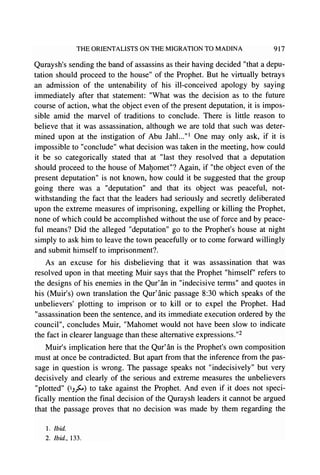
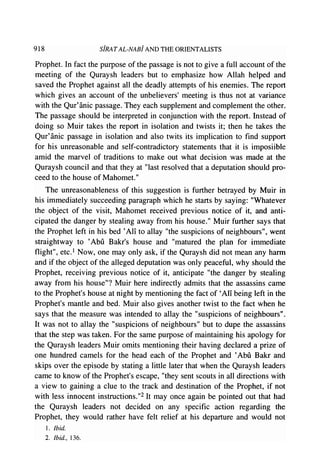


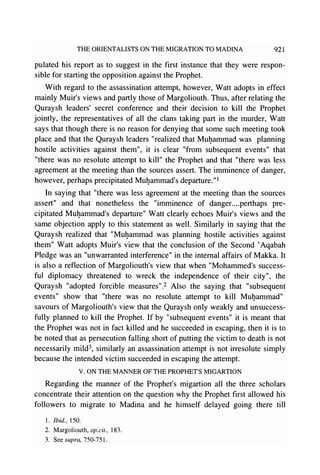
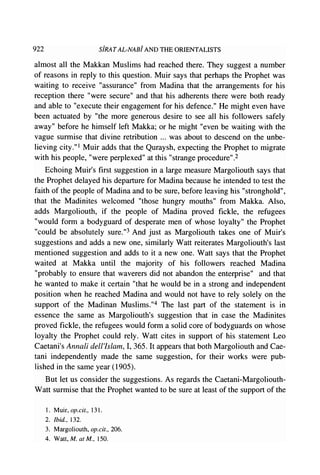
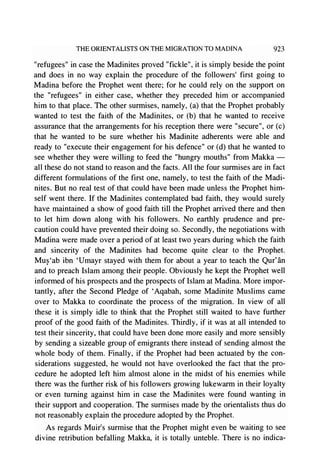
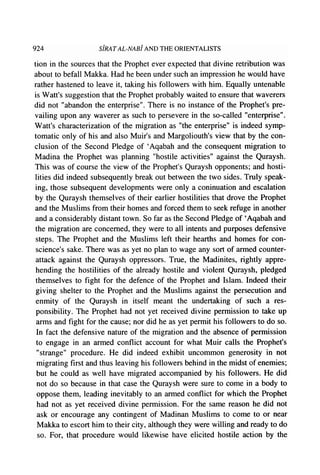
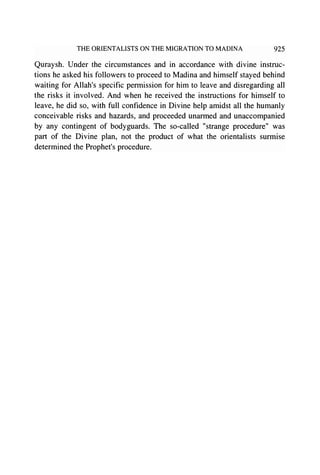

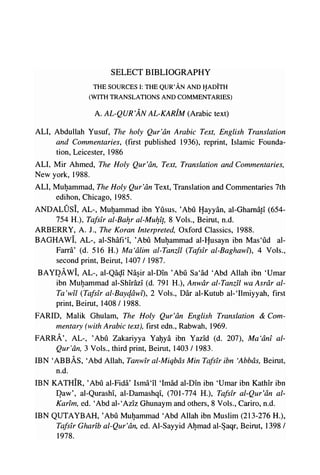

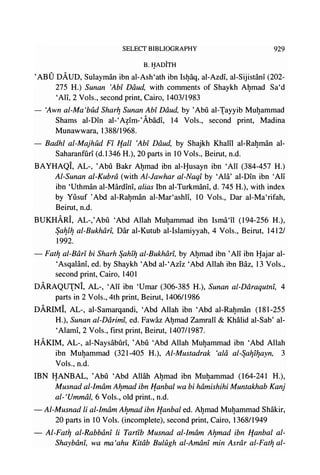

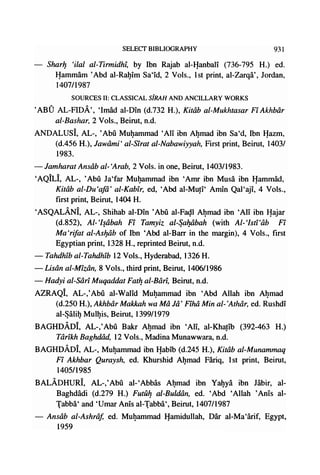
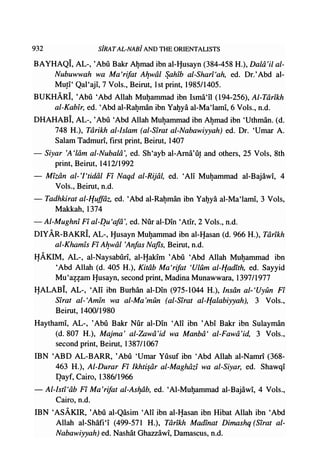
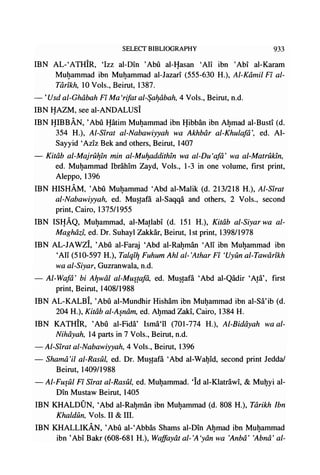




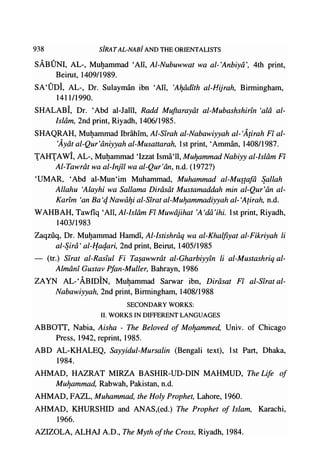
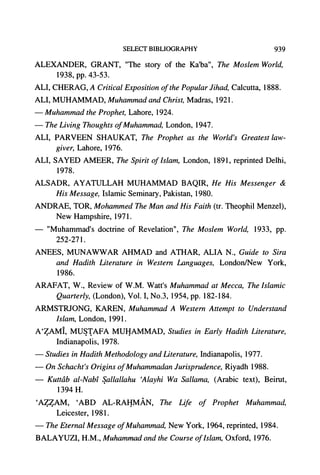
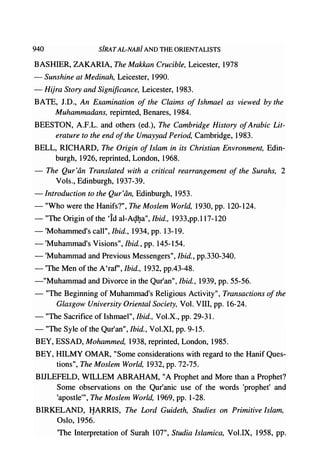
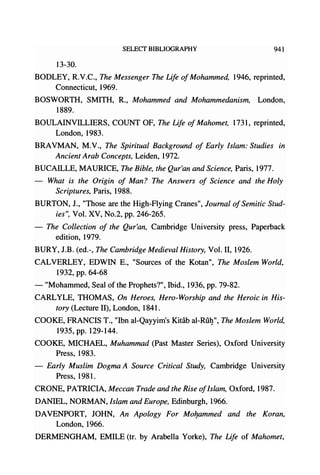
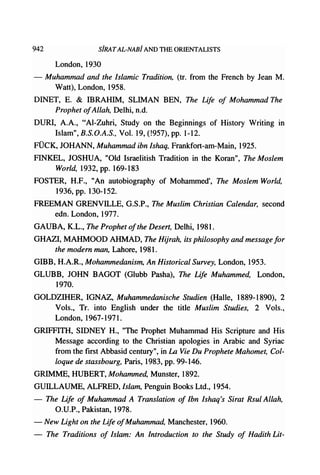
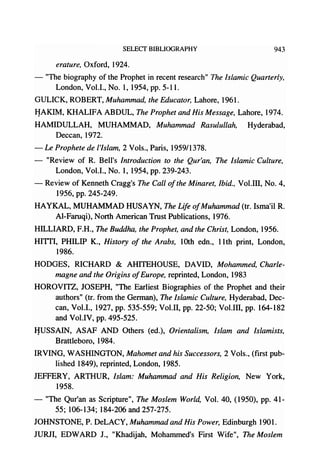
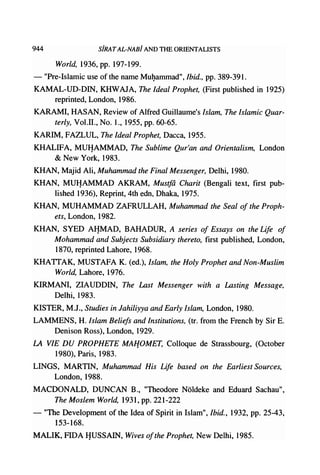
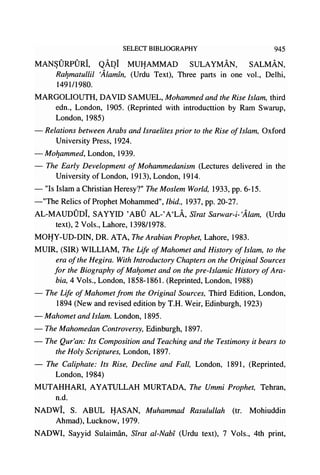
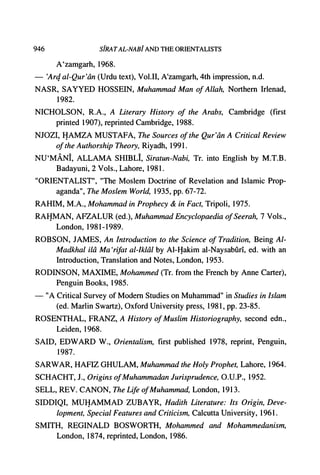
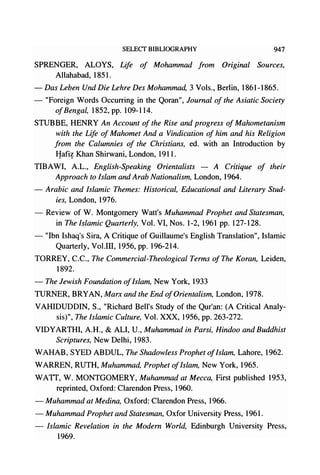
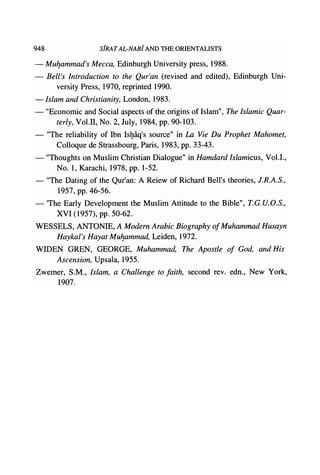
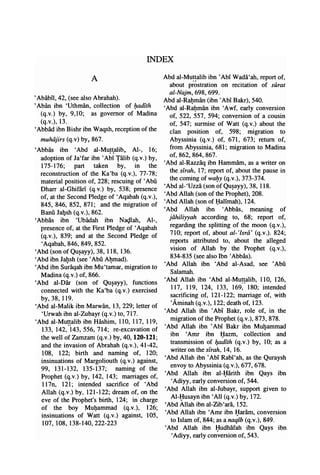

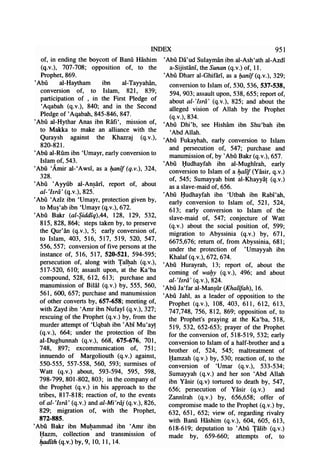

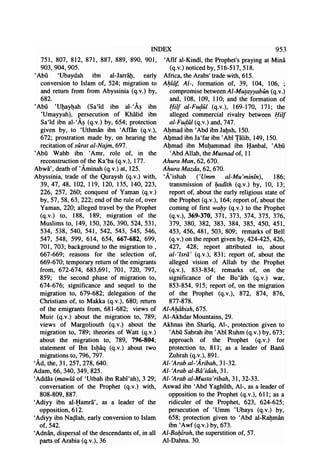
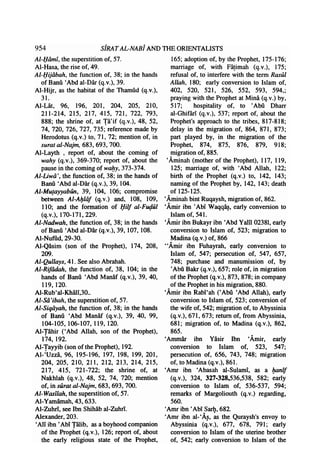
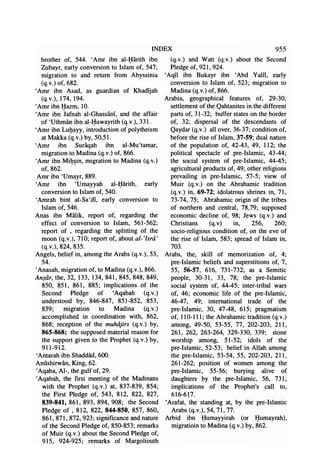

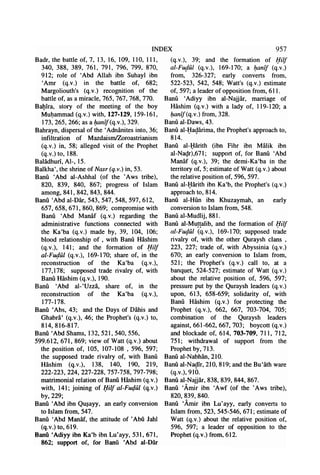
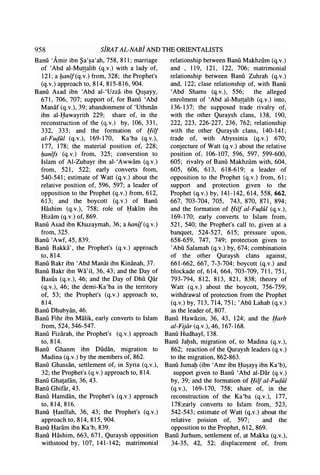
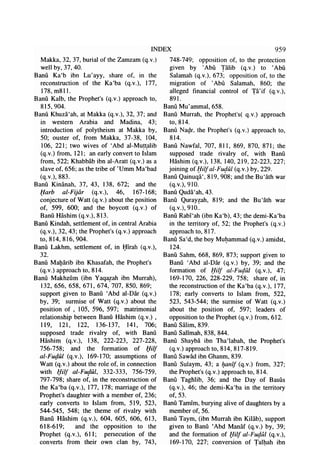
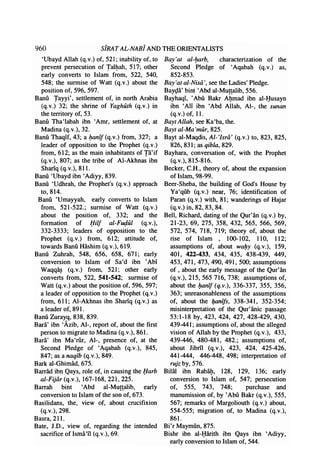
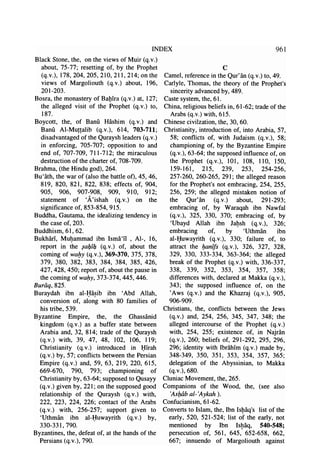

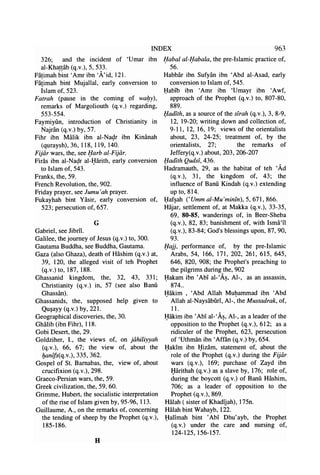
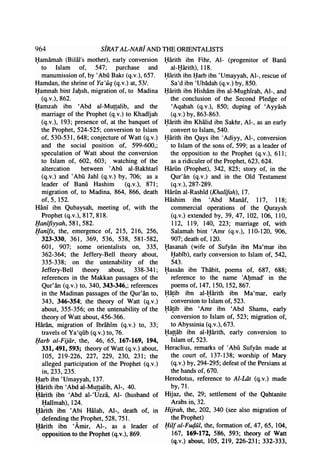
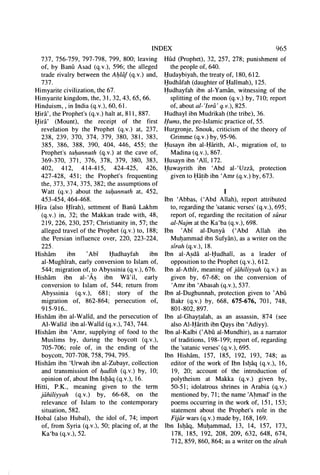

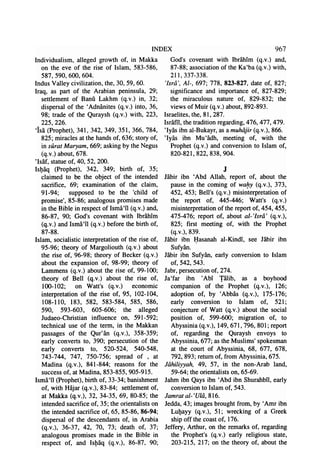



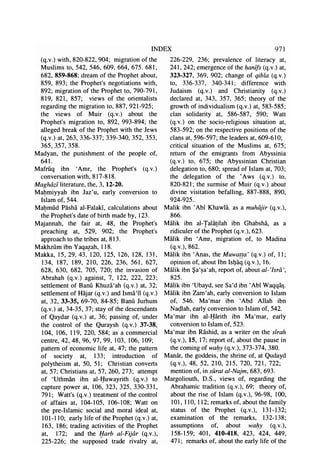

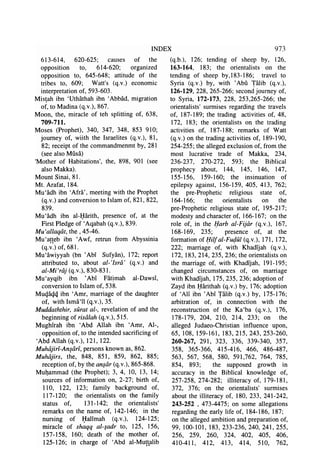
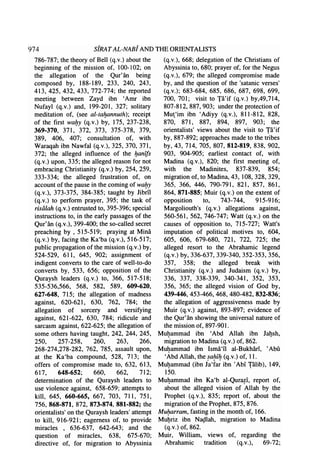
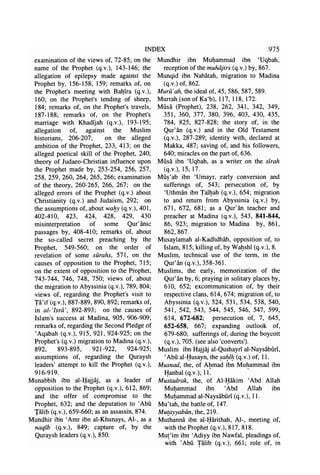
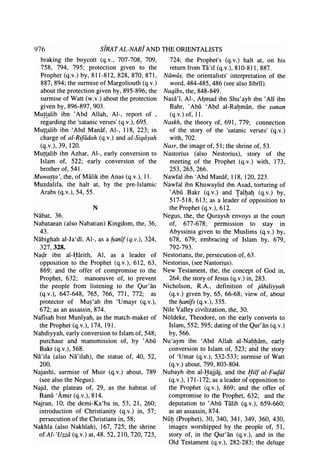
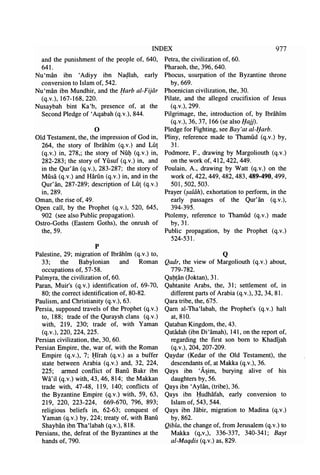
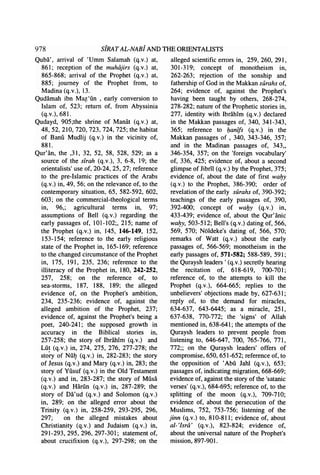

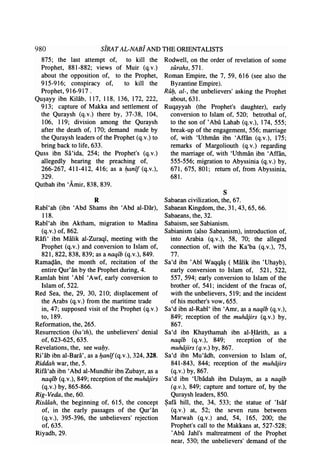
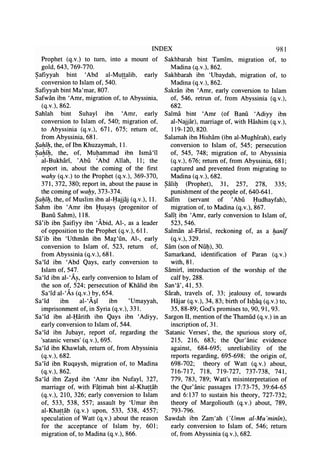
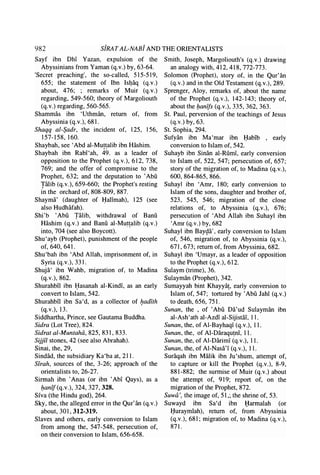
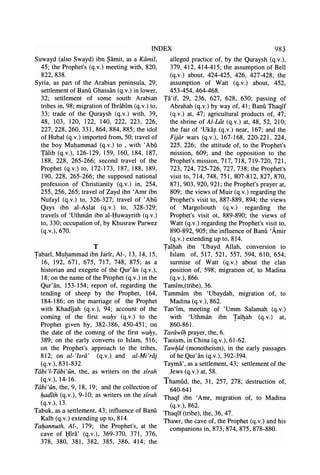
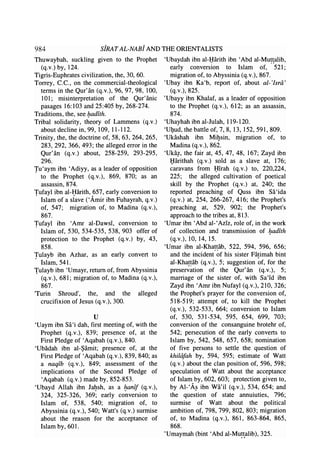
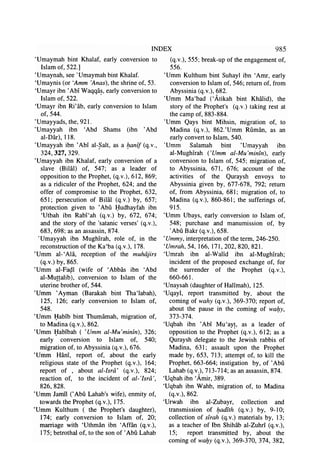
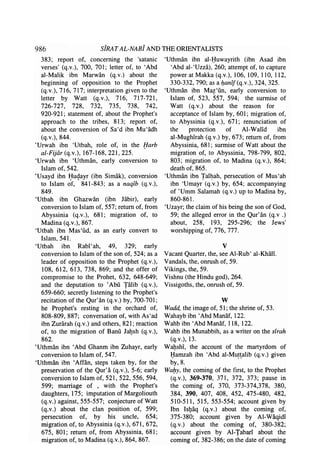
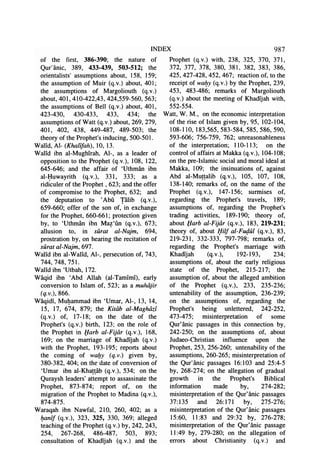
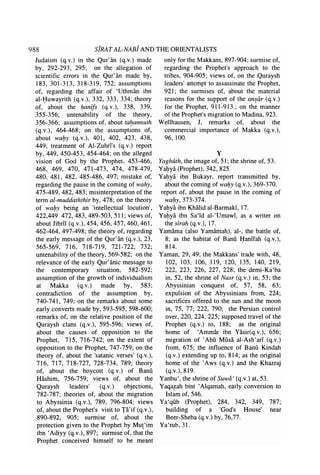
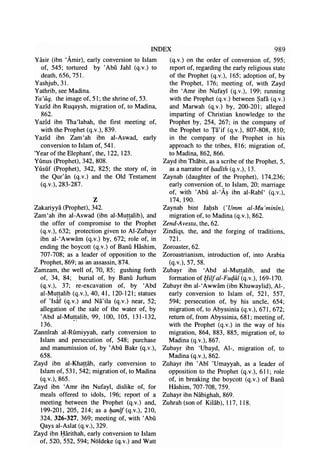

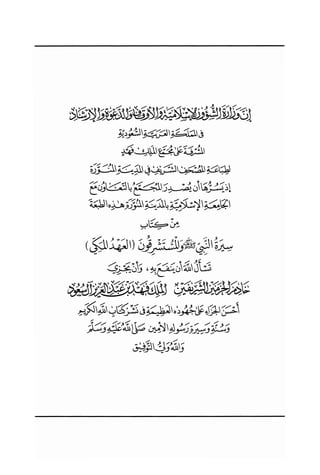


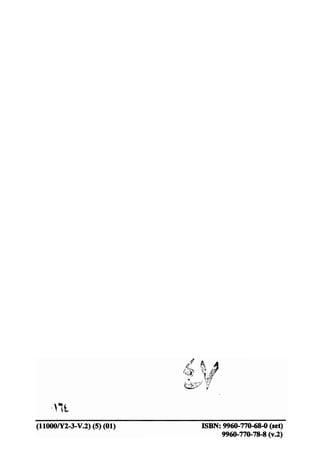
Ad
Recommended
En just one message
En just one messageHappiness keys
?
This document discusses the "Just One Message" that has been conveyed throughout history by prophets including Adam, Noah, Abraham, Moses, Jesus, and Muhammad. The one message is that God is One and should be worshipped alone without any partners. The document examines passages from the Bible and Quran that affirm the oneness of God. It argues that believing God is three-in-one or associating other divine beings with God contradicts the clear monotheistic message found in the holy scriptures. In conclusion, it reiterates that all major religious texts confirm there is only one God, and any supposed deities besides the one God are false beliefs.En brief illustrated_guide
En brief illustrated_guideHappiness keys
?
This document provides an overview of a book that discusses evidence for the truth of Islam. It notes that the book contains three chapters:
1. Evidence for the truth of Islam, including scientific miracles in the Quran, challenges to produce a chapter like the Quran, biblical prophecies of Muhammad, and miracles performed by Muhammad.
2. Benefits of Islam, such as eternal paradise, salvation from hellfire, happiness, and forgiveness of sins.
3. General information on Islam, addressing questions about topics like terrorism, women's status, and the five pillars.
The introduction argues that these pieces of evidence establish the Quran as the word of God, Muhammad as a prophet,En why were we created
En why were we createdHappiness keys
?
The document discusses the fundamental question of why humans were created. It argues that divine revelation from the Quran and hadiths, rather than human speculation, provides the correct understanding of creation. Specifically, it says that while worshipping God is the purpose of human creation, a deeper question is why God created at all. The document asserts that creation is a natural consequence of God being the Creator, and that creation manifests His attribute of being the Creator. It warns against interpretations of creation that blur the distinction between God and His creation or that claim part of God is within humans, calling these beliefs forms of shirk (polytheism) according to Islamic theology.En prophet muhammad presents his brother jesus to mankind
En prophet muhammad presents his brother jesus to mankindHappiness keys
?
This document discusses the unity of basic principles of prophethood across religions. It provides evidence from Quranic verses that prophets were sent throughout history with consistent messages about God, refinement of the human being, and establishment of an ethical society. The Quran affirms revelation was given to previous prophets like Moses and Jesus, and one prophet authenticates the prophethood of those before him. This confirms the concept of revelation and prophethood in Islam builds upon established beliefs of the People of the Book.En tenets of faith
En tenets of faithHappiness keys
?
Allah is the one true God, the creator and sustainer of all things. He alone deserves to be worshipped. He has beautiful names and perfect attributes. He has power over all things in heaven and earth. Allah speaks when He wills and His knowledge encompasses all things.En life of abdu wahhaab
En life of abdu wahhaabHappiness keys
?
Muhammad ibn Abdul-Wahhaab was a scholar from Najd, located in central Arabia. The introduction provides context on Najd's history from the time of the Prophet Muhammad until ibn Abdul-Wahhaab. It emphasizes the need to study ibn Abdul-Wahhaab and his teachings impartially based on reliable sources, with fairness, objectivity and scholarly integrity. The document seeks to present an accurate account of ibn Abdul-Wahhaab's life and message through verified Muslim and non-Muslim sources.En how to become muslim
En how to become muslimHappiness keys
?
The document provides guidance on how to become a Muslim by uttering the Shahadah, or testimony of faith, in Arabic: "Ash-hadu an laa ilaaha ill-Allah, wa ashhadu anna Mu-hammadan Ī«abd-ullahi wa rasooluh." which means "I testify that there is no true god except Allah, and I testify that Muhammad is His slave and Messenger." It outlines the key conditions for the Shahadah to be accepted, including having knowledge, certainty, acceptance, compliance, truthfulness, and sincerity of worship only to Allah.Kn salafi manhaj
Kn salafi manhajHappiness keys
?
Ė├╬─ĄĄ░³║¼┴╦ėą╣žū┌Į╠║═ą┼č÷Ą──┌╚▌Ż¼░³└©▓╗═¼╬─╗»║═ė’čįĄ─▒Ē┤’ĘĮ╩ĮĪŻ╦³╠Į╠ų┴╦╠žČ©Ą─ū┌Į╠Į╠ęÕ║═╩Ą╝∙Ż¼▓ó╠ß╣®┴╦ŽÓ╣žĄ─ę²ė├║═ĮŌ╩═ĪŻ─┌╚▌Įß╣╣Ė┤įėŻ¼╔µ╝░ČÓĖ÷ų„╠Ō║═ĘĮŽ“ĪŻBn talimussalat
Bn talimussalatHappiness keys
?
The document appears to be a religious text written in Arabic. It discusses the five pillars of Islam which form the foundation of the Muslim faith. These pillars are the declaration of faith, prayer, alms-giving, fasting during Ramadan, and the pilgrimage to Mecca. The text emphasizes that Muhammad is the final prophet of God and obedience to him is required in the Muslim religion.En islam final message
En islam final messageHappiness keys
?
This document provides a summary of the key beliefs and principles of Islam according to Saleh As-Saleh. It discusses Islam as the final and complete message from God to mankind, perfected by God and requiring no additions or deletions. It outlines Islam's purpose, beliefs regarding God's oneness and attributes, righteous deeds, interactions, lawful/unlawful matters, migration, jihad, and avoiding deviations. It advises following the Quran and teachings of Muhammad and his companions to understand Islam correctly and calls people to Islam by establishing evidence for God's oneness and linking life/death to the afterlife.En islam in brief
En islam in briefHappiness keys
?
This document provides an introduction to some key Islamic concepts:
1) It defines Allah as the one and only God in Islam, describing Allah's unique attributes according to verses in the Quran.
2) It discusses proofs of Allah's existence, including the evidence of creation, design, and guidance in the natural world.
3) It explains the Islamic concept of Tawheed (unity of God), arguing that believing in multiple gods would lead to disorder in the universe.En womens rights a historical perspective
En womens rights a historical perspectiveHappiness keys
?
This document provides an overview of women's rights from a historical perspective, with a focus on comparing the status of women in major religions and contemporary societies. It discusses how women have been mistreated in many cultures throughout history, manipulated by men while the mistreatment was blamed on religious teachings. The document aims to objectively analyze how Islamic teachings actually promoted women's rights centuries before other societies by restoring dignity and rights.En why people accept islam
En why people accept islamHappiness keys
?
This document discusses reasons why people accept Islam in different regions and eras. It identifies 5 main reasons based on examples from the time of the Prophet Muhammad: 1) The role model of close companions; 2) Responding to the message of Islamic monotheism; 3) Seeking religious truth; 4) Reading the Quran; 5) Marriage to Muslims. Modern surveys in various countries find these same top reasons still apply. The document concludes follow-up is needed to support new converts and their families to prevent leaving the faith.En who is the creator
En who is the creatorHappiness keys
?
The document discusses who or what can be considered the creator. It argues that matter cannot be eternal or the creator for several reasons: 1) Eternity implies everlastingness and self-sufficiency, attributes that matter does not have; 2) Modern science tells us about the nature of matter; 3) The attributes of being all-knowing, all-powerful, etc. that are implied by eternity cannot apply to matter. It then discusses why the creator must be the God of Islam, noting that Islam claims other religions have been distorted over time but the Quran has been preserved. Finally, it provides arguments for why the creator cannot have children.En what is the sunnah
En what is the sunnahHappiness keys
?
The Sunnah refers to everything related from the Prophet Muhammad regarding his statements, actions, tacit approvals, personality, physical description, or biography. It is considered a form of divine revelation from God alongside the Quran. The Sunnah explains and provides details for laws found in the Quran, as well as examples of applying these laws. It held the status of revelation during the Prophet's lifetime and is the second source of Islamic law after the Quran.En what is a miracle
En what is a miracleHappiness keys
?
1) A miracle is defined as an extraordinary act or event contrary to the laws of nature that can only occur through direct intervention from God. Miracles serve to prove the truthfulness and credibility of prophets.
2) Miracles differ from magic, which involves tricks or illusions, and karamahs, which are extraordinary events for righteous believers but not prophets.
3) God granted different miracles to prophets that were relevant and understandable to the people of their time, such as Moses' staff swallowing magicians' tricks and Jesus curing illnesses. The Quran itself is considered the greatest miracle for Muslims.En the pleasures of paradise in brief
En the pleasures of paradise in briefHappiness keys
?
The document summarizes the pleasures of Paradise according to Islamic teachings. It describes Paradise as a place with gardens, rivers, and pleasures beyond human comprehension where believers will live happily and healthily forever. The lowest rank in Paradise will have 10 times the wealth of this world and whatever else they desire. A small space in Paradise would be better than everything in this world. Believers who do good deeds will be admitted to Paradise with its eternal pleasures.En the choice islam and christianity2
En the choice islam and christianity2Happiness keys
?
The document discusses the history of chocolate, describing how it originated from cacao beans grown by the Olmecs and Mayans in Mexico and Central America. It then explains how Spanish conquistadors introduced chocolate to Europe in the 16th century, where it became a popular drink among the elite. The document also notes that chocolate eventually became widely consumed in the form of chocolate bars and candies.En the choice islam and christianity1
En the choice islam and christianity1Happiness keys
?
The document discusses the history of chocolate production and consumption. It details how chocolate originated from cacao beans grown in Central and South America by the Maya and Aztec civilizations. The Spanish introduced chocolate to Europe in the 16th century, where it became a popular drink among the elite. By the 19th century, chocolate had evolved into solid candy bars and was mass produced and marketed around the world.En the book of prayer
En the book of prayerHappiness keys
?
This document provides information about Islamic prayer (salaat) in Islam. It discusses various topics related to prayer including wudu (ablution), ghusl (full body wash), menstruation, tayammum (dry ablution), the timings and types of obligatory prayers, how to perform prayers, things that invalidate prayers, congregational prayers, and other voluntary prayers. The document is intended to serve as a comprehensive guide to the different aspects and rulings pertaining to salaat in Islam.En prohibition of beating women
En prohibition of beating womenHappiness keys
?
The document discusses whether Islam allows or forbids beating women. It notes that Islam takes its laws from the Quran and teachings of Prophet Muhammad. While one hadith suggests Muhammad initially allowed beating, he later clarified to never beat women after many complained of abuse. The Prophet is described as having the best character and never harming women or children. Therefore, the document concludes that based on Islamic sources, beating women is forbidden in Islam.En islam the perfectly complete religion
En islam the perfectly complete religionHappiness keys
?
Ė├╬─ĄĄ╠ų┬█┴╦ėą╣ž▓╗═¼║“čĪ╚╦╝░Ųõ▒│Š░Ą─╣žŽĄą┼ŽóŻ¼▓ó╔µ╝░ėļ┼®ęĄ║═╦«ū╩į┤╣▄└ĒŽÓ╣žĄ─ų„╠ŌĪŻ╬─ĄĄųą╗╣╠ߥĮ┴╦ę╗ą®ėļĘ©┬╔║═╣µČ©ŽÓ╣žĄ──┌╚▌Ż¼╠ž▒╩ŪšļČį╠žČ©╩Ą╩®╦Ą├„Ą─┐╝┬ŪĪŻš¹╠Õ╔ŽŻ¼šŌ╩Ūę╗Ę▌Čįė┌ū╩į┤Ęų┼õ║═╗ĘŠ│╣▄└ĒĄ─ŽĻŽĖ▒©ĖµĪŻMore Related Content
Viewers also liked (9)
En life of abdu wahhaab
En life of abdu wahhaabHappiness keys
?
Muhammad ibn Abdul-Wahhaab was a scholar from Najd, located in central Arabia. The introduction provides context on Najd's history from the time of the Prophet Muhammad until ibn Abdul-Wahhaab. It emphasizes the need to study ibn Abdul-Wahhaab and his teachings impartially based on reliable sources, with fairness, objectivity and scholarly integrity. The document seeks to present an accurate account of ibn Abdul-Wahhaab's life and message through verified Muslim and non-Muslim sources.En how to become muslim
En how to become muslimHappiness keys
?
The document provides guidance on how to become a Muslim by uttering the Shahadah, or testimony of faith, in Arabic: "Ash-hadu an laa ilaaha ill-Allah, wa ashhadu anna Mu-hammadan Ī«abd-ullahi wa rasooluh." which means "I testify that there is no true god except Allah, and I testify that Muhammad is His slave and Messenger." It outlines the key conditions for the Shahadah to be accepted, including having knowledge, certainty, acceptance, compliance, truthfulness, and sincerity of worship only to Allah.Kn salafi manhaj
Kn salafi manhajHappiness keys
?
Ė├╬─ĄĄ░³║¼┴╦ėą╣žū┌Į╠║═ą┼č÷Ą──┌╚▌Ż¼░³└©▓╗═¼╬─╗»║═ė’čįĄ─▒Ē┤’ĘĮ╩ĮĪŻ╦³╠Į╠ų┴╦╠žČ©Ą─ū┌Į╠Į╠ęÕ║═╩Ą╝∙Ż¼▓ó╠ß╣®┴╦ŽÓ╣žĄ─ę²ė├║═ĮŌ╩═ĪŻ─┌╚▌Įß╣╣Ė┤įėŻ¼╔µ╝░ČÓĖ÷ų„╠Ō║═ĘĮŽ“ĪŻBn talimussalat
Bn talimussalatHappiness keys
?
The document appears to be a religious text written in Arabic. It discusses the five pillars of Islam which form the foundation of the Muslim faith. These pillars are the declaration of faith, prayer, alms-giving, fasting during Ramadan, and the pilgrimage to Mecca. The text emphasizes that Muhammad is the final prophet of God and obedience to him is required in the Muslim religion.En islam final message
En islam final messageHappiness keys
?
This document provides a summary of the key beliefs and principles of Islam according to Saleh As-Saleh. It discusses Islam as the final and complete message from God to mankind, perfected by God and requiring no additions or deletions. It outlines Islam's purpose, beliefs regarding God's oneness and attributes, righteous deeds, interactions, lawful/unlawful matters, migration, jihad, and avoiding deviations. It advises following the Quran and teachings of Muhammad and his companions to understand Islam correctly and calls people to Islam by establishing evidence for God's oneness and linking life/death to the afterlife.En islam in brief
En islam in briefHappiness keys
?
This document provides an introduction to some key Islamic concepts:
1) It defines Allah as the one and only God in Islam, describing Allah's unique attributes according to verses in the Quran.
2) It discusses proofs of Allah's existence, including the evidence of creation, design, and guidance in the natural world.
3) It explains the Islamic concept of Tawheed (unity of God), arguing that believing in multiple gods would lead to disorder in the universe.More from Happiness keys (20)
En womens rights a historical perspective
En womens rights a historical perspectiveHappiness keys
?
This document provides an overview of women's rights from a historical perspective, with a focus on comparing the status of women in major religions and contemporary societies. It discusses how women have been mistreated in many cultures throughout history, manipulated by men while the mistreatment was blamed on religious teachings. The document aims to objectively analyze how Islamic teachings actually promoted women's rights centuries before other societies by restoring dignity and rights.En why people accept islam
En why people accept islamHappiness keys
?
This document discusses reasons why people accept Islam in different regions and eras. It identifies 5 main reasons based on examples from the time of the Prophet Muhammad: 1) The role model of close companions; 2) Responding to the message of Islamic monotheism; 3) Seeking religious truth; 4) Reading the Quran; 5) Marriage to Muslims. Modern surveys in various countries find these same top reasons still apply. The document concludes follow-up is needed to support new converts and their families to prevent leaving the faith.En who is the creator
En who is the creatorHappiness keys
?
The document discusses who or what can be considered the creator. It argues that matter cannot be eternal or the creator for several reasons: 1) Eternity implies everlastingness and self-sufficiency, attributes that matter does not have; 2) Modern science tells us about the nature of matter; 3) The attributes of being all-knowing, all-powerful, etc. that are implied by eternity cannot apply to matter. It then discusses why the creator must be the God of Islam, noting that Islam claims other religions have been distorted over time but the Quran has been preserved. Finally, it provides arguments for why the creator cannot have children.En what is the sunnah
En what is the sunnahHappiness keys
?
The Sunnah refers to everything related from the Prophet Muhammad regarding his statements, actions, tacit approvals, personality, physical description, or biography. It is considered a form of divine revelation from God alongside the Quran. The Sunnah explains and provides details for laws found in the Quran, as well as examples of applying these laws. It held the status of revelation during the Prophet's lifetime and is the second source of Islamic law after the Quran.En what is a miracle
En what is a miracleHappiness keys
?
1) A miracle is defined as an extraordinary act or event contrary to the laws of nature that can only occur through direct intervention from God. Miracles serve to prove the truthfulness and credibility of prophets.
2) Miracles differ from magic, which involves tricks or illusions, and karamahs, which are extraordinary events for righteous believers but not prophets.
3) God granted different miracles to prophets that were relevant and understandable to the people of their time, such as Moses' staff swallowing magicians' tricks and Jesus curing illnesses. The Quran itself is considered the greatest miracle for Muslims.En the pleasures of paradise in brief
En the pleasures of paradise in briefHappiness keys
?
The document summarizes the pleasures of Paradise according to Islamic teachings. It describes Paradise as a place with gardens, rivers, and pleasures beyond human comprehension where believers will live happily and healthily forever. The lowest rank in Paradise will have 10 times the wealth of this world and whatever else they desire. A small space in Paradise would be better than everything in this world. Believers who do good deeds will be admitted to Paradise with its eternal pleasures.En the choice islam and christianity2
En the choice islam and christianity2Happiness keys
?
The document discusses the history of chocolate, describing how it originated from cacao beans grown by the Olmecs and Mayans in Mexico and Central America. It then explains how Spanish conquistadors introduced chocolate to Europe in the 16th century, where it became a popular drink among the elite. The document also notes that chocolate eventually became widely consumed in the form of chocolate bars and candies.En the choice islam and christianity1
En the choice islam and christianity1Happiness keys
?
The document discusses the history of chocolate production and consumption. It details how chocolate originated from cacao beans grown in Central and South America by the Maya and Aztec civilizations. The Spanish introduced chocolate to Europe in the 16th century, where it became a popular drink among the elite. By the 19th century, chocolate had evolved into solid candy bars and was mass produced and marketed around the world.En the book of prayer
En the book of prayerHappiness keys
?
This document provides information about Islamic prayer (salaat) in Islam. It discusses various topics related to prayer including wudu (ablution), ghusl (full body wash), menstruation, tayammum (dry ablution), the timings and types of obligatory prayers, how to perform prayers, things that invalidate prayers, congregational prayers, and other voluntary prayers. The document is intended to serve as a comprehensive guide to the different aspects and rulings pertaining to salaat in Islam.En prohibition of beating women
En prohibition of beating womenHappiness keys
?
The document discusses whether Islam allows or forbids beating women. It notes that Islam takes its laws from the Quran and teachings of Prophet Muhammad. While one hadith suggests Muhammad initially allowed beating, he later clarified to never beat women after many complained of abuse. The Prophet is described as having the best character and never harming women or children. Therefore, the document concludes that based on Islamic sources, beating women is forbidden in Islam.En islam the perfectly complete religion
En islam the perfectly complete religionHappiness keys
?
Ė├╬─ĄĄ╠ų┬█┴╦ėą╣ž▓╗═¼║“čĪ╚╦╝░Ųõ▒│Š░Ą─╣žŽĄą┼ŽóŻ¼▓ó╔µ╝░ėļ┼®ęĄ║═╦«ū╩į┤╣▄└ĒŽÓ╣žĄ─ų„╠ŌĪŻ╬─ĄĄųą╗╣╠ߥĮ┴╦ę╗ą®ėļĘ©┬╔║═╣µČ©ŽÓ╣žĄ──┌╚▌Ż¼╠ž▒╩ŪšļČį╠žČ©╩Ą╩®╦Ą├„Ą─┐╝┬ŪĪŻš¹╠Õ╔ŽŻ¼šŌ╩Ūę╗Ę▌Čįė┌ū╩į┤Ęų┼õ║═╗ĘŠ│╣▄└ĒĄ─ŽĻŽĖ▒©ĖµĪŻEn islam its foundations and concepts
En islam its foundations and conceptsHappiness keys
?
This document provides an introduction to Islam, discussing its foundations and concepts. It begins by noting that mankind has many questions about existence that science cannot fully answer, and that guidance is needed from the true religion revealed by God. It then discusses the oneness and uniqueness of God, noting verses from the Quran that affirm God is one and unlike any other. The document invites readers to follow Islam as the straight path guided by God.En islam and christianity
En islam and christianityHappiness keys
?
The document discusses the benefits of exercise for mental health. Regular physical activity can help reduce anxiety and depression and improve mood and cognitive functioning. Exercise has also been shown to boost self-esteem and can serve as a healthy way to manage stress.En intimate issues
En intimate issuesHappiness keys
?
Islam views marriage and intimacy between spouses as important aspects of a holistic lifestyle that fulfills physical, emotional, and spiritual needs. Sex is encouraged within marriage to cement the spousal bond but prohibited before or outside of marriage. The document outlines Islamic guidelines for intimacy, including only permitting vaginal sex between married partners and prohibiting anal sex or sex during menstruation. It also discusses the importance of sex education and fulfilling each partner's needs, as well as maintaining privacy around intimate matters.En christianity the original and present reality
En christianity the original and present realityHappiness keys
?
This document summarizes the origins and present beliefs of Christianity based on analysis of Christian texts. It discusses three main points:
1) Originally, Christianity taught monotheism and that Jesus was a prophet, consistent with other prophets.
2) There is no evidence Jesus claimed to be the son of God; the term was also used for other prophets and groups.
3) The concept of the Holy Trinity, including Jesus as the second person, cannot be found in the New Testament and contradicts its statements that only God is God. The document aims to analyze Christianity based on its own texts.En can taking a life be justified
En can taking a life be justifiedHappiness keys
?
Taking a life can be justified under Islamic law in only two situations: for murder or for crimes against the community like treason that threaten social stability. The death penalty requires extremely strict evidentiary standards and can only be carried out by a Muslim ruler, not individuals. Islamic law aims to preserve individual rights while maintaining community rights and emphasizes justice, mercy, and forgiveness. Even when called for, the death penalty is meant to be carried out humanely with the promise of forgiveness.Ad
